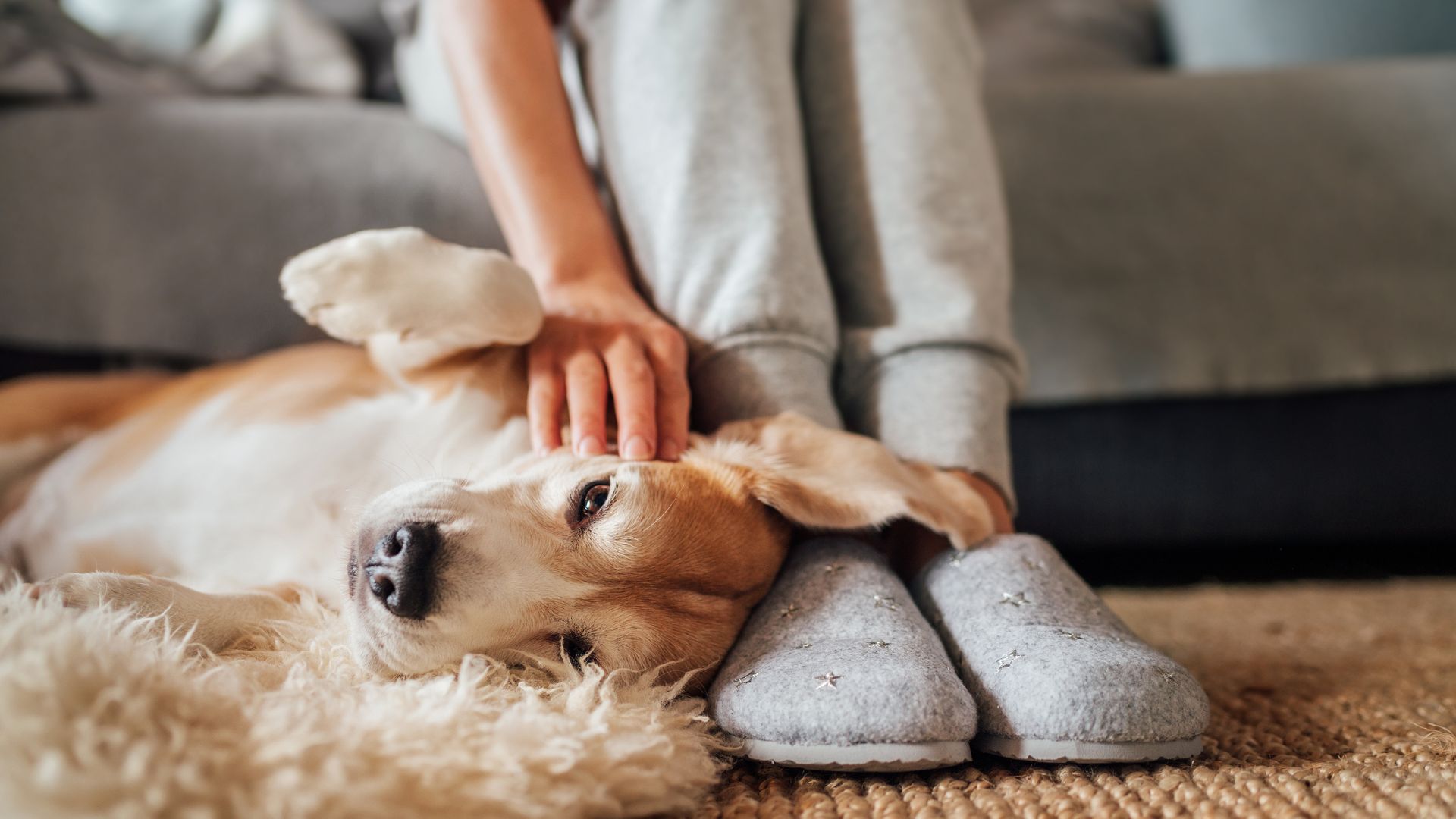
Caring for a pet comes with a lot of responsibility. And when it’s not your own pet, like your friend's cat, this can be an even bigger weight to carry. To help, we’ve compiled a list of all the do’s and don’ts of pet sitting. So you can ensure you’re delivering top-class pet care around the clock.
It's worth highlighting: the care you’re giving will differ depending on the type, age, breed, and amount of time you’re looking after the pet. But we've pulled together a set of general (and specific) pet-sitting tips, so you know where to start.
Of course, if it’s a dog you’re looking after, you’ll want to ensure you know where the owner's stash of best dog treats is kept. And the same goes for where the best cat treats are hidden. You’ll also need to find out what toys (like the best dog toys or the best cat toys) your fur friend or animal likes playing with. This can help you better your bond with the pet and prevent boredom from striking.
Whether you’re looking after a friend's pet for the first, second, or 13th time, we’ve rounded up all the dos and don’ts of pet sitting.
32 dos and don’ts of pet sitting
1. Do get to know the pet
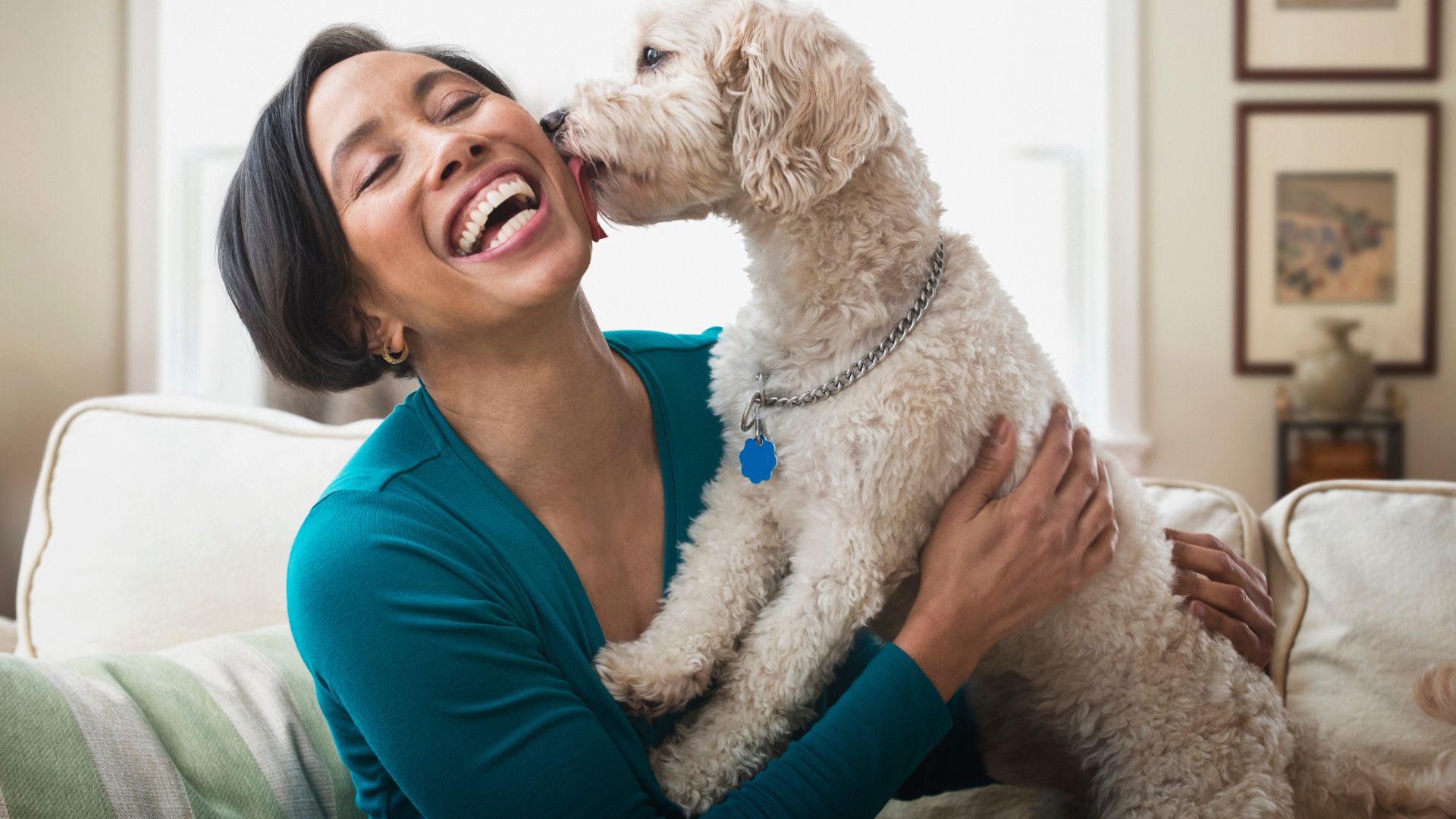
All pets are different. It’s what makes them one of a kind. Which is why it’s important to figure out what they do and don’t like. Maybe you’re looking after a bearded dragon? Perhaps you’re pet-sitting a poodle? Or is it a Maine Coon, who'll you'll be spending time with? Either way, get to know what makes them tick.
2. Do meet the pet
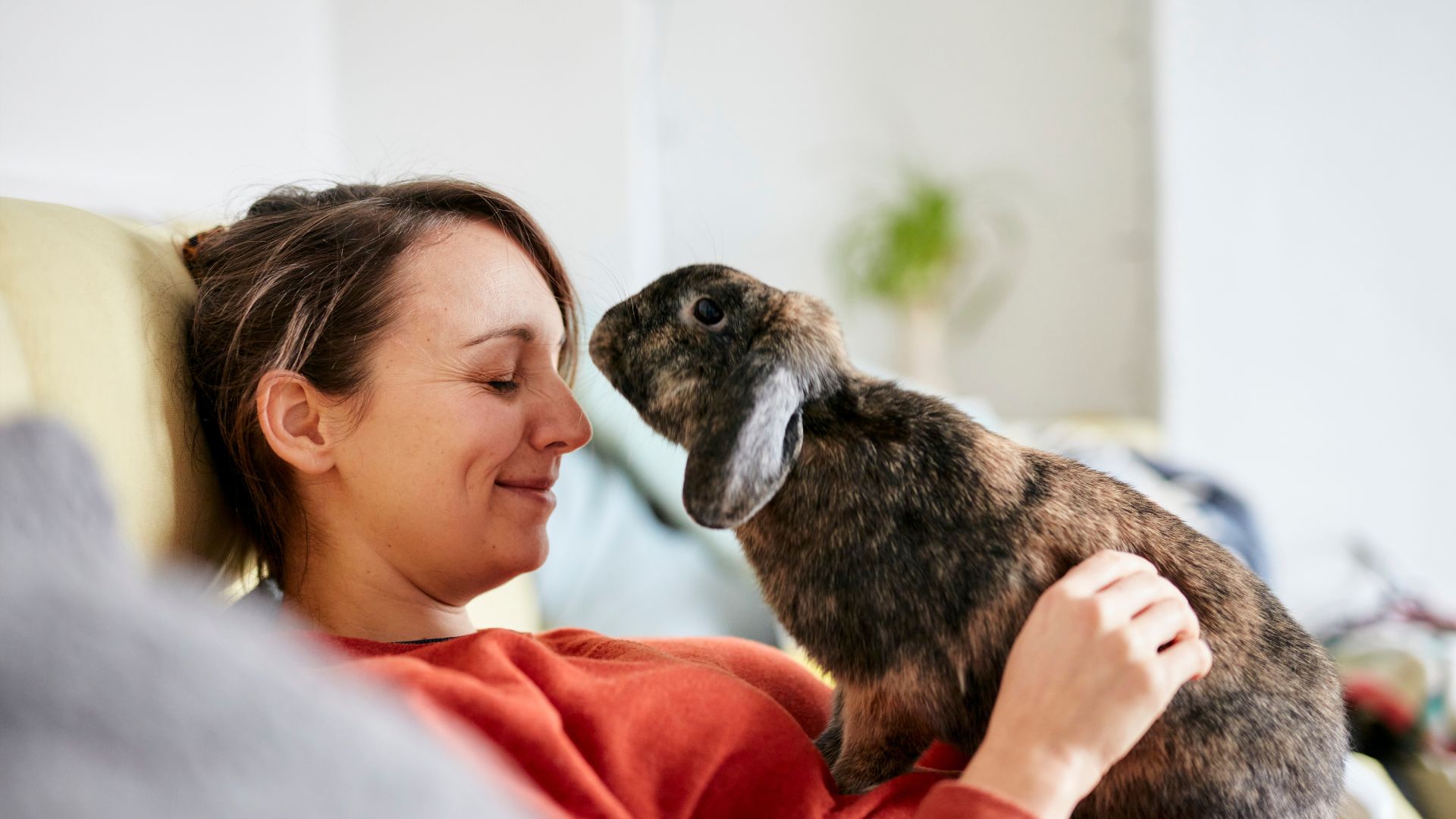
Spending time with the animal in person is one way to get to know the animal you’ll be looking after. It can help make the pet-sitting stage as smooth as can be. Whether it’s a quick walk with the pet and its owner or a visit to their home to say 'hi’. It will go a long way in establishing a rapport when it comes to looking after them.
3. Do visit where you’ll be looking after the pet
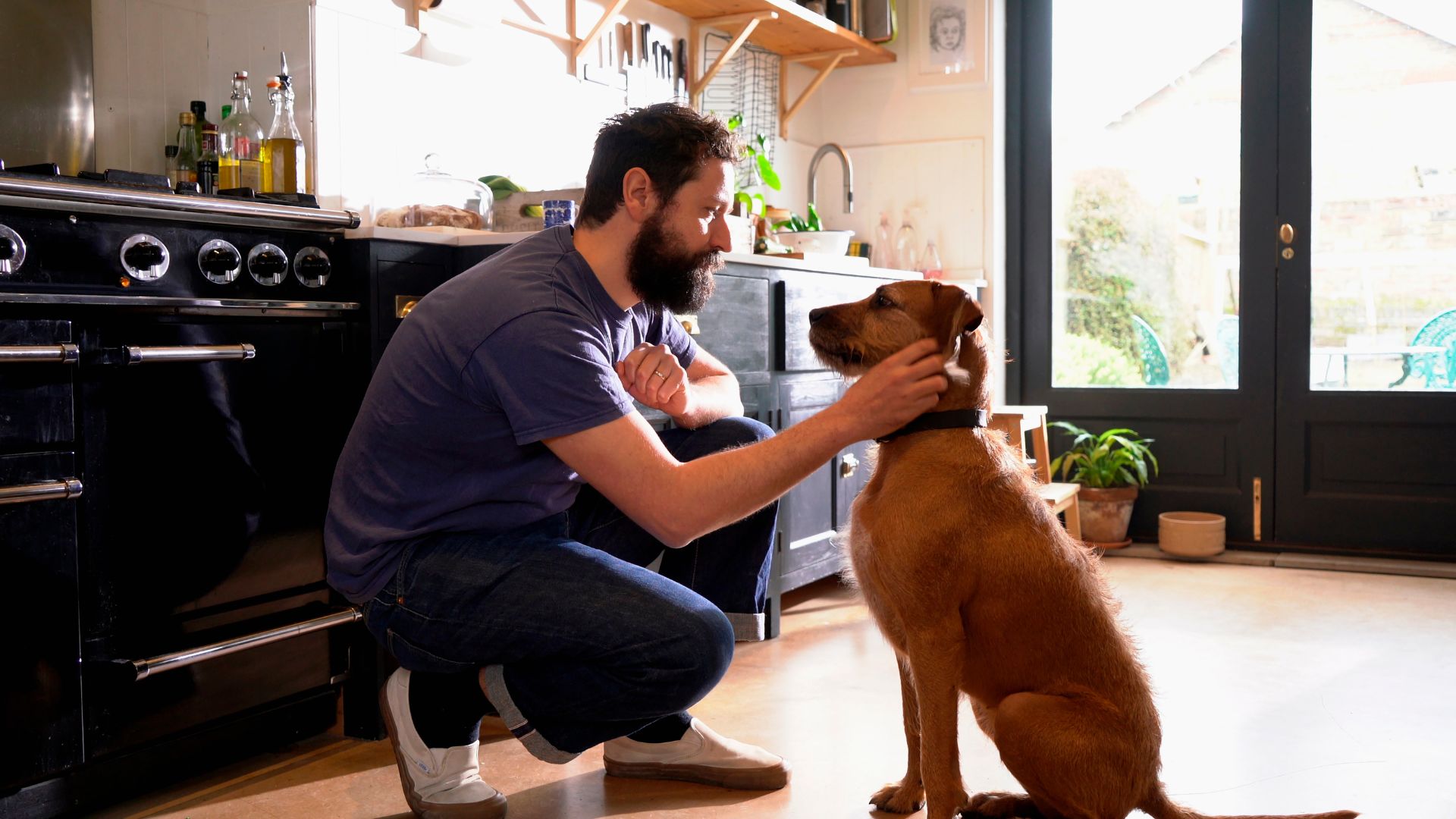
Are you looking after the pet at the owner’s home? Then you’ll want to familiarize yourself with the surroundings. If possible, ask the owner to give you a tour, so you know where everything is and understand where the pet is (and isn't) allowed, like sleeping on the sofa or sitting on the bed.
4. Follow a schedule
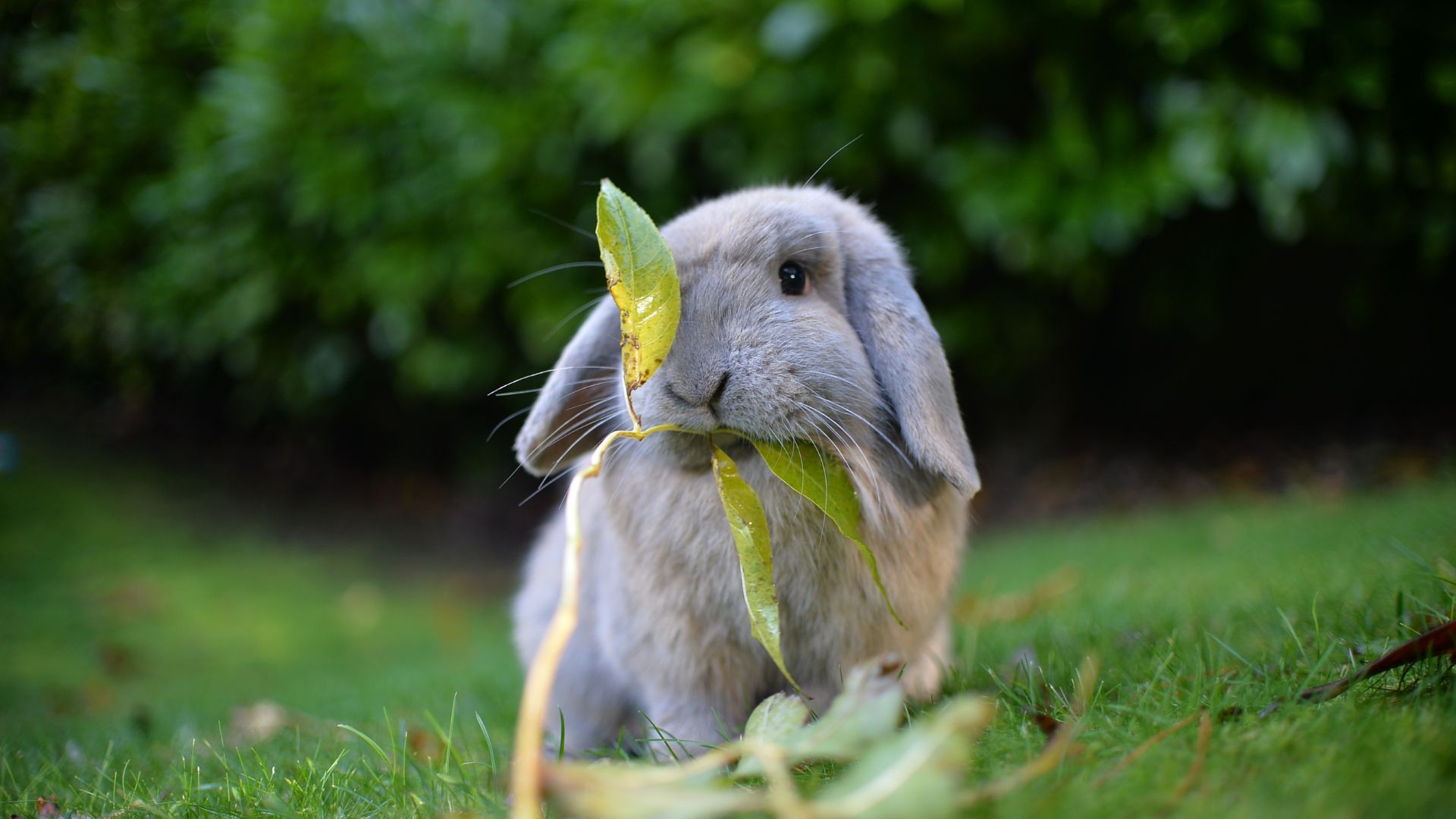
Most pets thrive on a schedule. It helps them feel safe and secure and they'll need this even more now that their owner isn't around. Speak with the owner to find out crucial things, like when they go to bed, when they wake up, when they get fed, and when/if they go on a walk.
5. Do know how long you can leave the pet alone
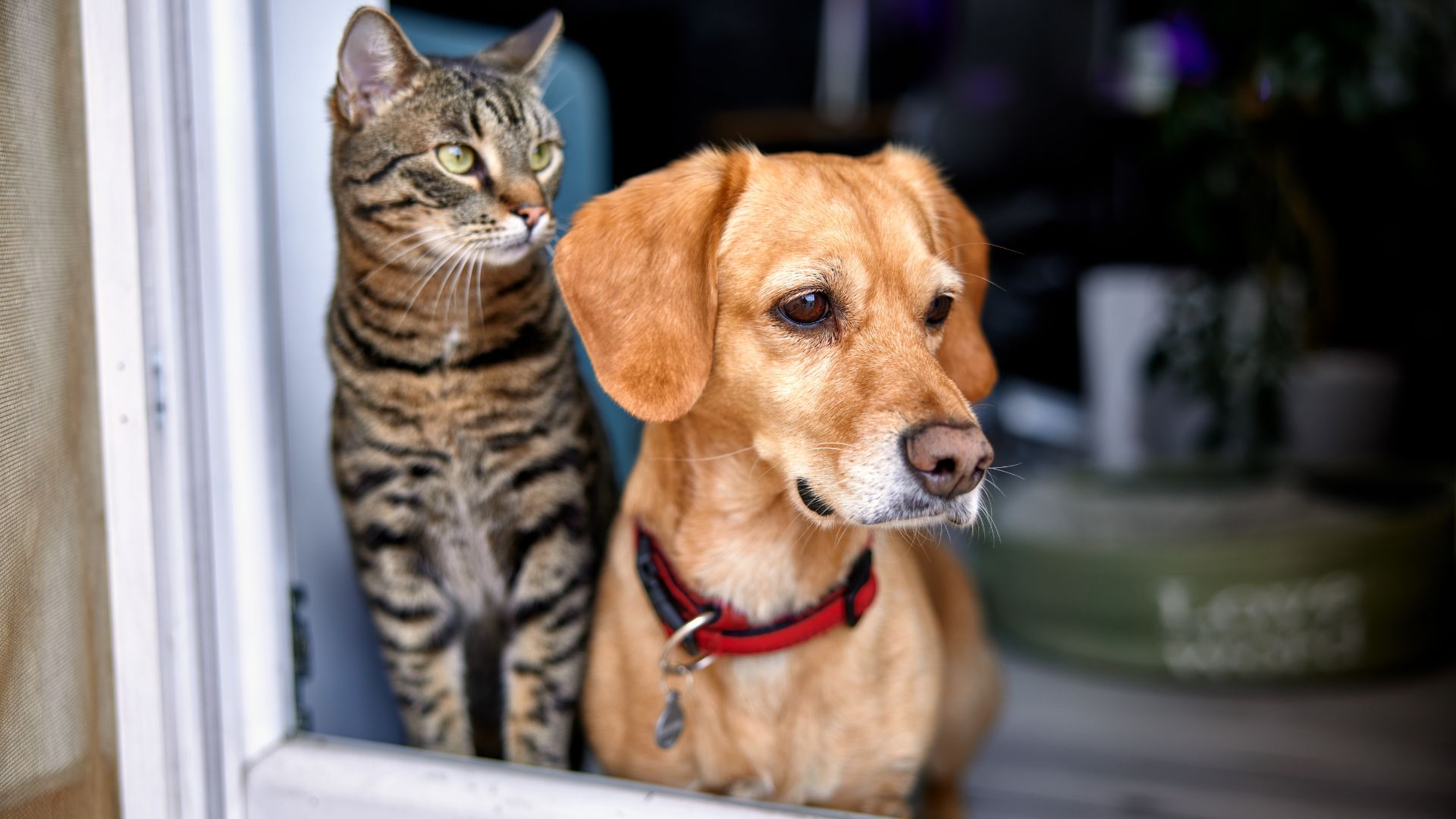
Though it might be very tempting, you may not be able to spend all day pet-sitting. Especially when there are chores to be done! So, ask the owner beforehand and get to know how long you can leave a dog on its own for or how long you can leave a cat alone for. That way, you'll be able to find a happy medium.
6. Do pet-proof your home
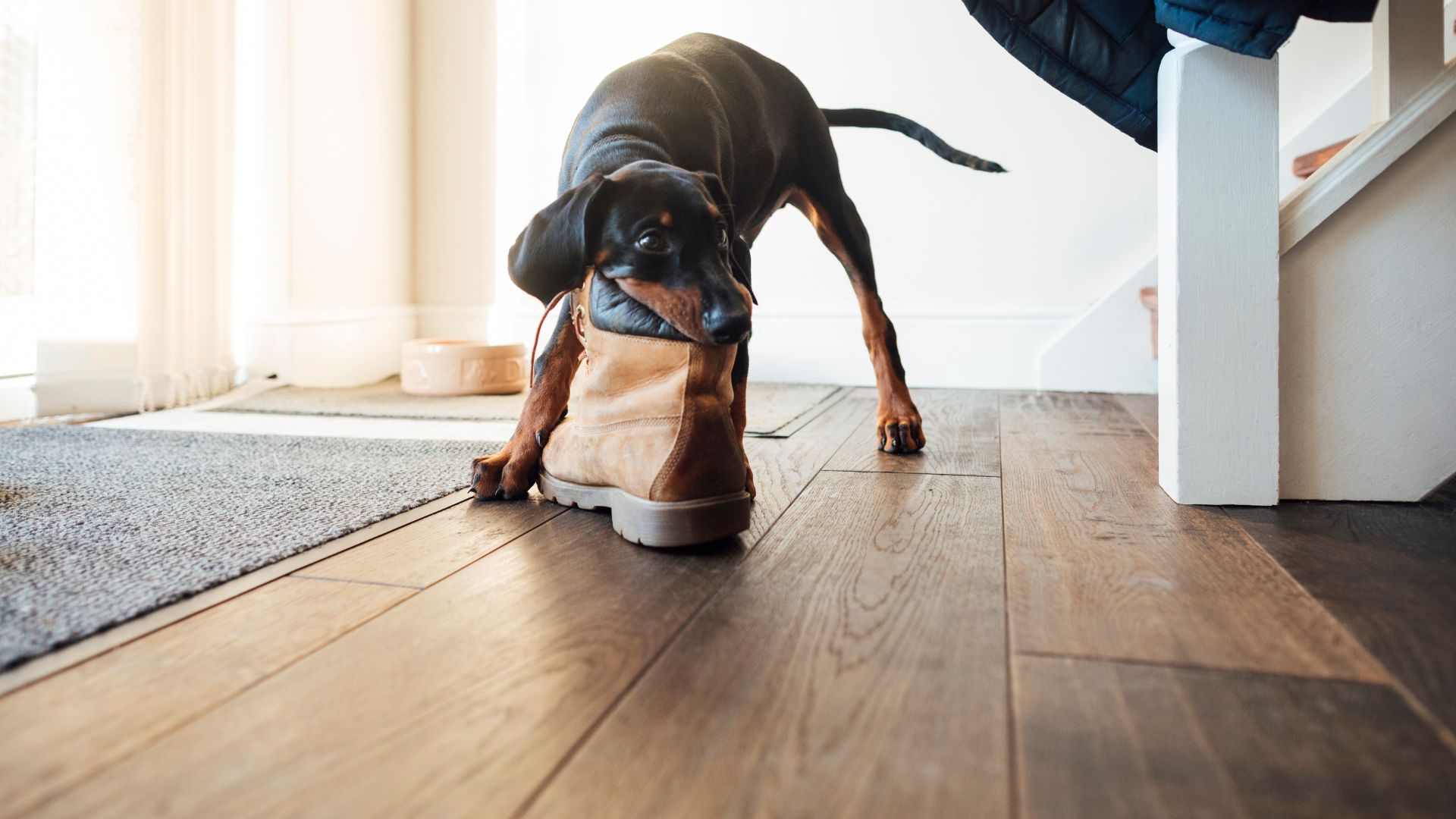
Are you looking after the pet in your friend’s home? Or your own home? If it’s the latter, you’ll need to make your home as pet-proof as can be. To get started, we’ve got guides on how to puppy-proof your house and yard, or you can discover quick and easy ways to kitten-proof your home. Looking after a rabbit? Then you'll need to know how to bunny-proof a room and keep your indoor rabbit safe.
7. Do communicate

Communication is key. So make sure you speak with the owner beforehand to get all the answers you need so you can take great care of your new fur friend. For example, you'll want to know what the pet owner expects from you and general information, like where the food is kept and where the toys are hidden.
8. Do provide updates
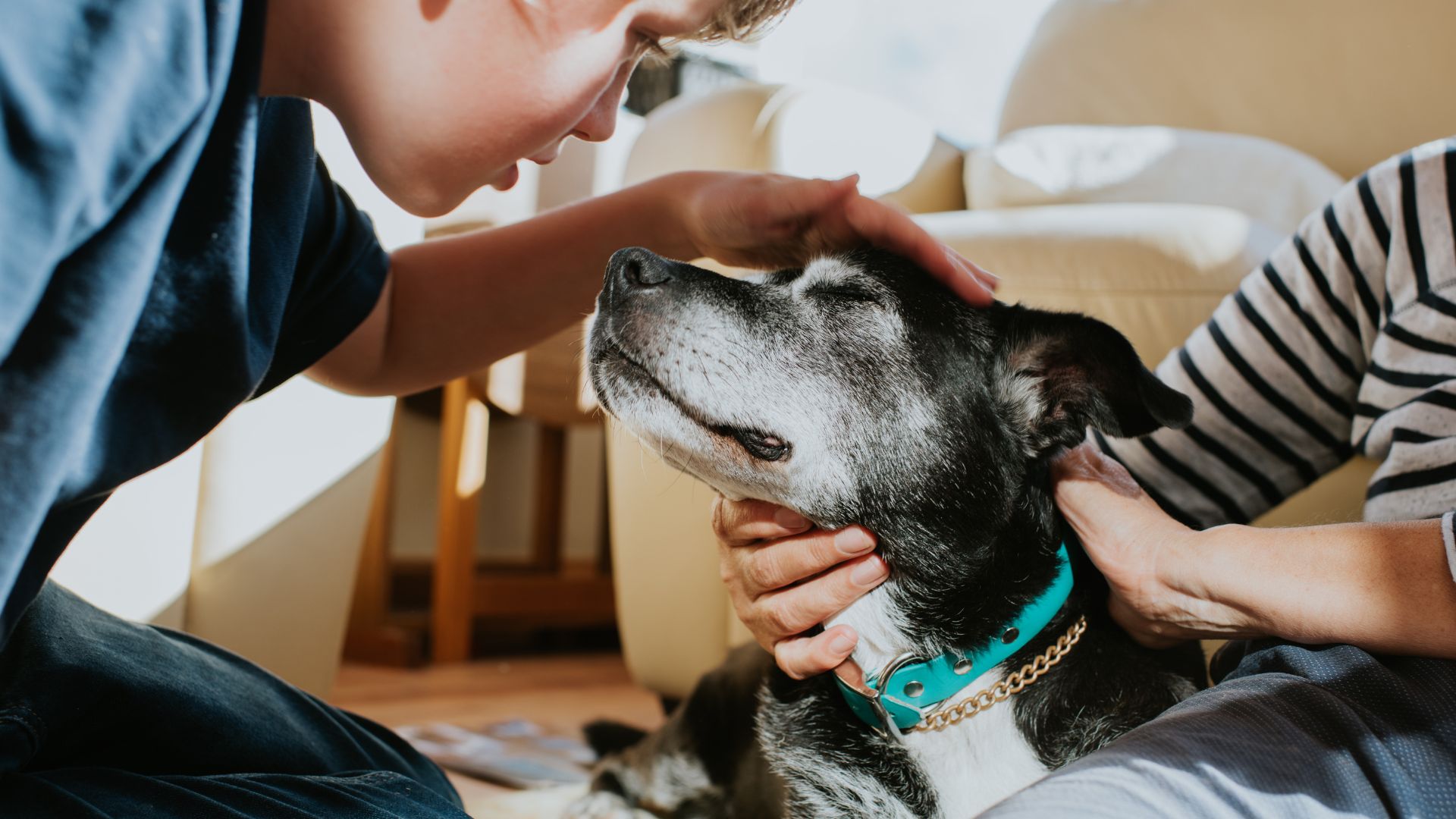
Most owners won’t want to be left in the dark. They’ll want updates on how their pet’s holiday at home is going too! Whether you provide them with pictures, or messages or have a quick phone call detailing what they’ve been up to. Doing so is a great chance to ask any more queries or questions you might have, too.
9. Do build a comfortable environment
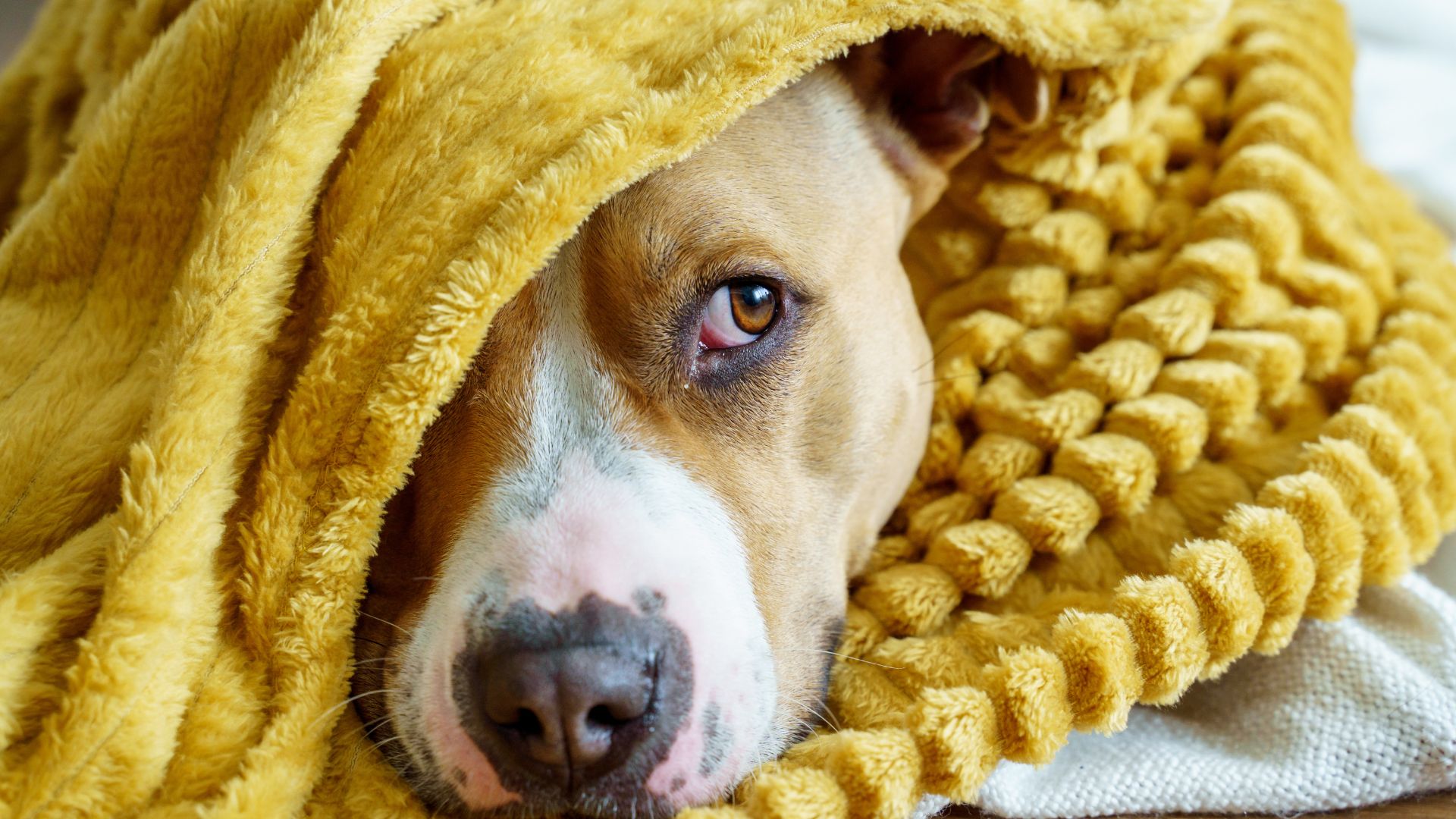
Some cats and dogs may suffer from anxiety. And change, like their owner taking a vacation, can heighten that. To keep their worries at bay, make sure your fur friend is feeling safe, secure, and happy. You could provide them with their favorite toys or blankets.
10. Do take notes

A lot can happen in the space of 24 hours. If you take down notes, you can keep on top of what is needed, and what the requirements are, and while pet sitting, you can cover any points, queries, or certain behaviors you’ve noticed once you speak to the owner.
11. Do say no

Everyone needs their own boundaries — even pet sitters! If you don’t feel comfortable with doing something, like you’ve been asked to take the dog to the groomer, lay out what you are or aren't willing to do. That way, there are no crossed wires and you all know where you stand.
12. Do respect boundaries
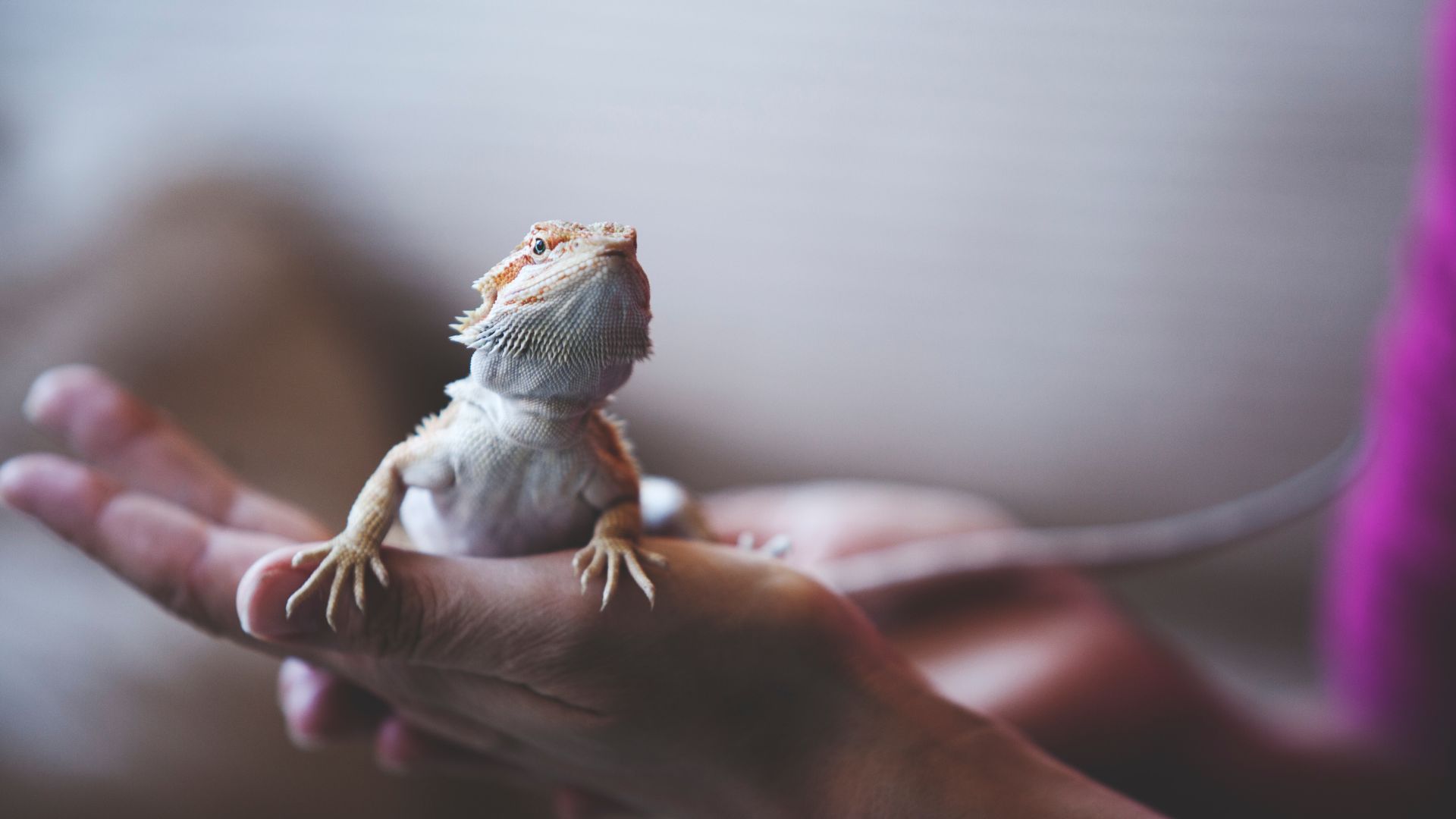
Talking of boundaries! Maybe a bearded dragon is backing away from you as you go to pick it up? Perhaps a dog freezes when you touch them? Or have you noticed a cat puff up their tail, every time you stroke them? The secret to building a happy relationship with most animals, like dogs, is to respect their boundaries.
13. Do check the pet’s medical history
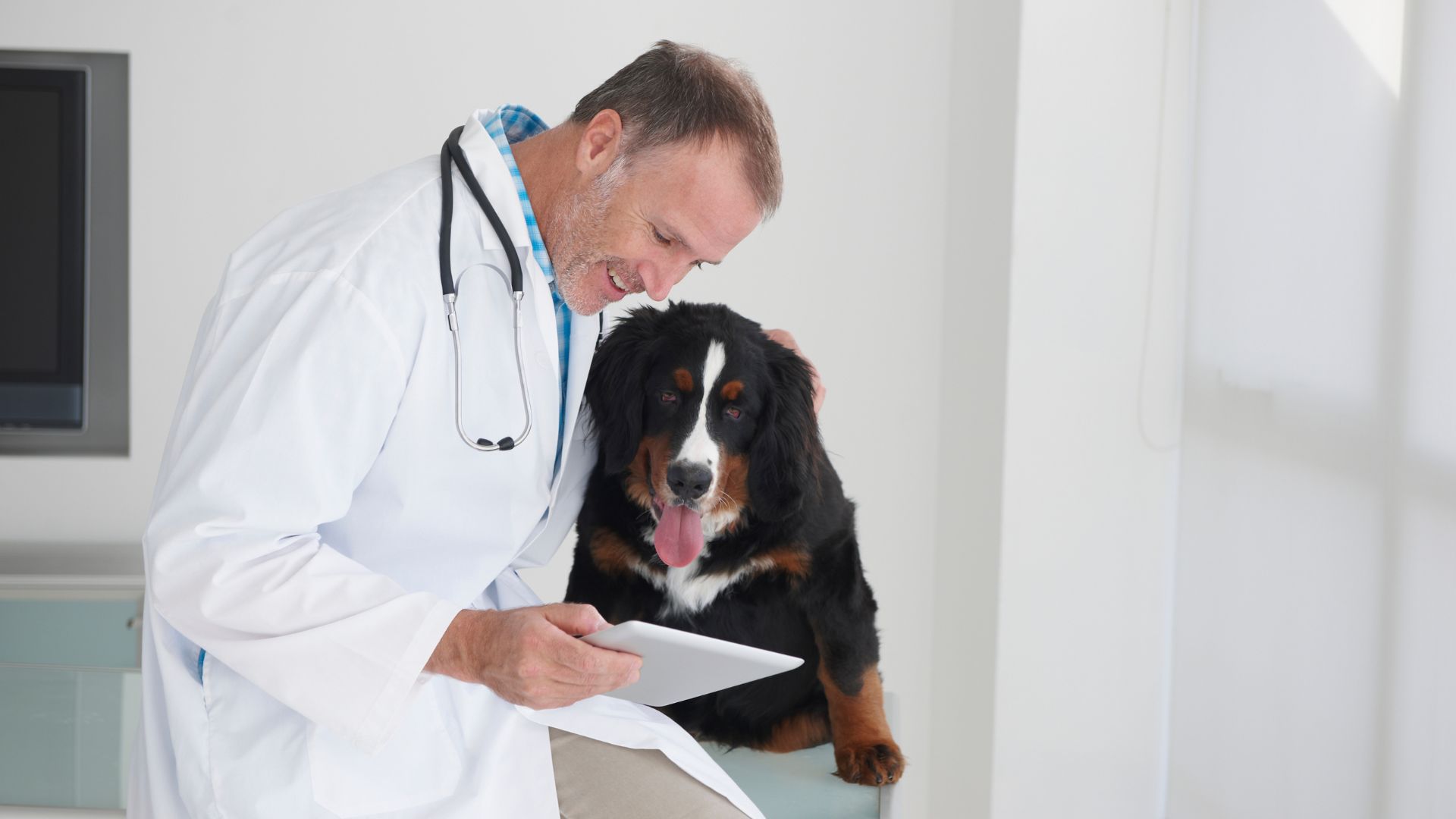
We all have a medical history — pets included. It’s worth asking the owner for any behavioral history like escapism, history of violence, and whether the fur or feathered friend you are looking after has had any injuries or surgery.
14. Do check if pets have been microchipped
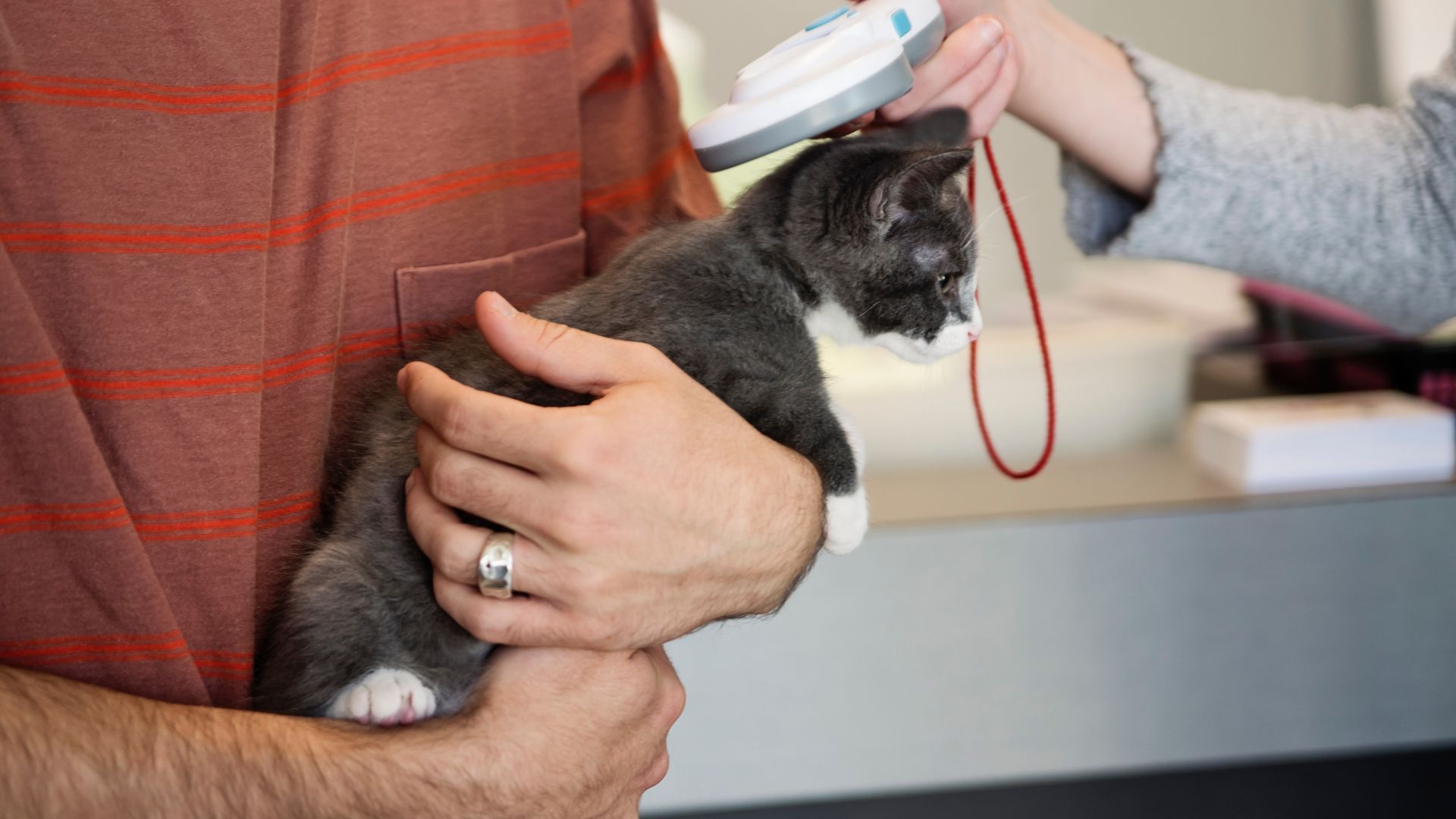
Microchips are an effective way to identify and reunite pets with their owners, should they escape, get lost or, worst case, be stolen. According to the American Veterinary Medical Association, while the presence of a microchip won’t 100% guarantee that you will get your pet back if it's lost or stolen, it does ‘dramatically increase the chances you will be reunited with your pet’.
15. Do keep a watchful eye over the pet
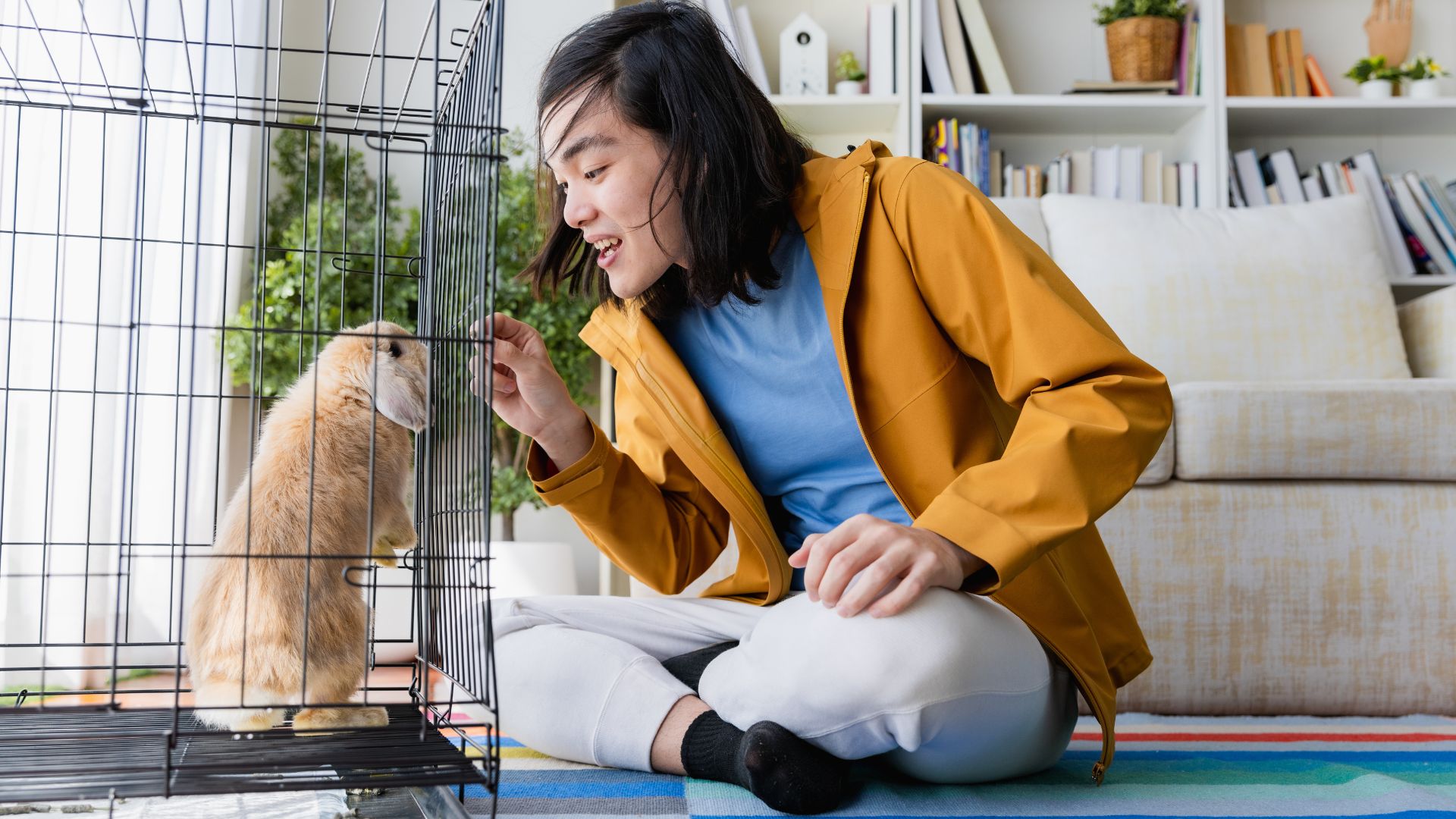
As the pet sitter, AKA the sole person in charge of the fur, feathered, or reptile friend’s wellbeing, it’s important to keep a watchful eye over the pet. Maybe the pet has become withdrawn? Has their appetite changed? Or maybe they are sleeping more than they usually do? Any changes you note, be sure to write it down and mention it to the owner.
16. Do tidy up after the pet
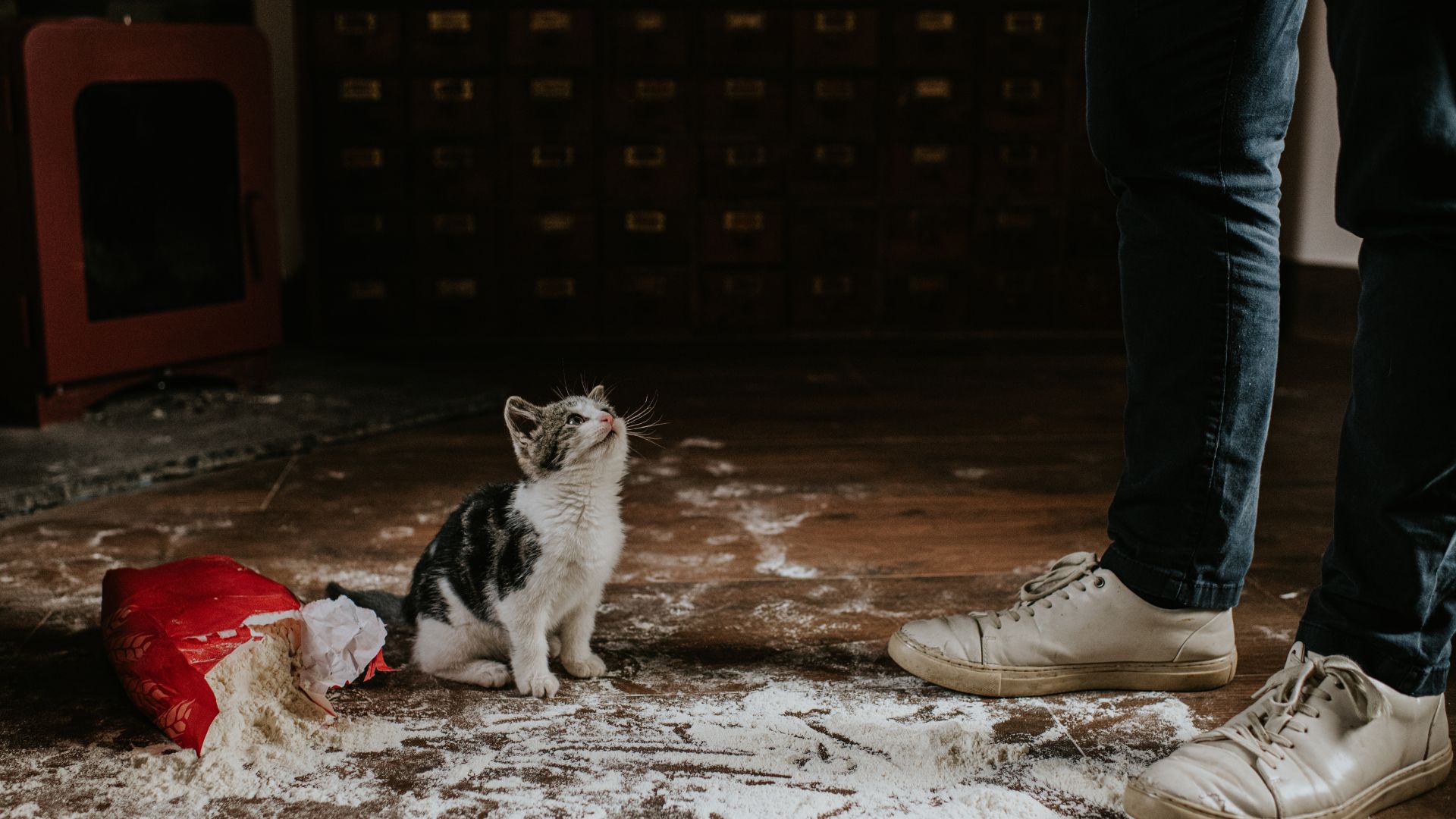
As most pet owners will know: our four-legged friends aren’t the tidiest of creatures. Some cats pounce on kitchen tabletops pushing things off in their path. While a handful of dogs drop food or place muddy paws on just about every surface imaginable. Instead of leaving it for the owners to deal with, tidy up after the pet as soon as they make the mess. That way it’s easier to keep on top of.
17. Do make sure your phone is charged

Make sure you’re contactable. Most (if not, all) owners will want to check up on their fur friend to make sure they’re OK, see if there is anything you need, and just find out how you’re getting on. So keep your phone charged and on your person!
18. Do get to know their food

Before you start pet sitting, ensure there’s enough food, bedding, and supplies to last until the owner comes back. Along with creating a safe and predictable environment for the pet, this ensures you don’t give them food they wouldn’t normally eat or can't stomach. Or bedding they wouldn’t normally surround their cage with.
19. Do ask for their walking route
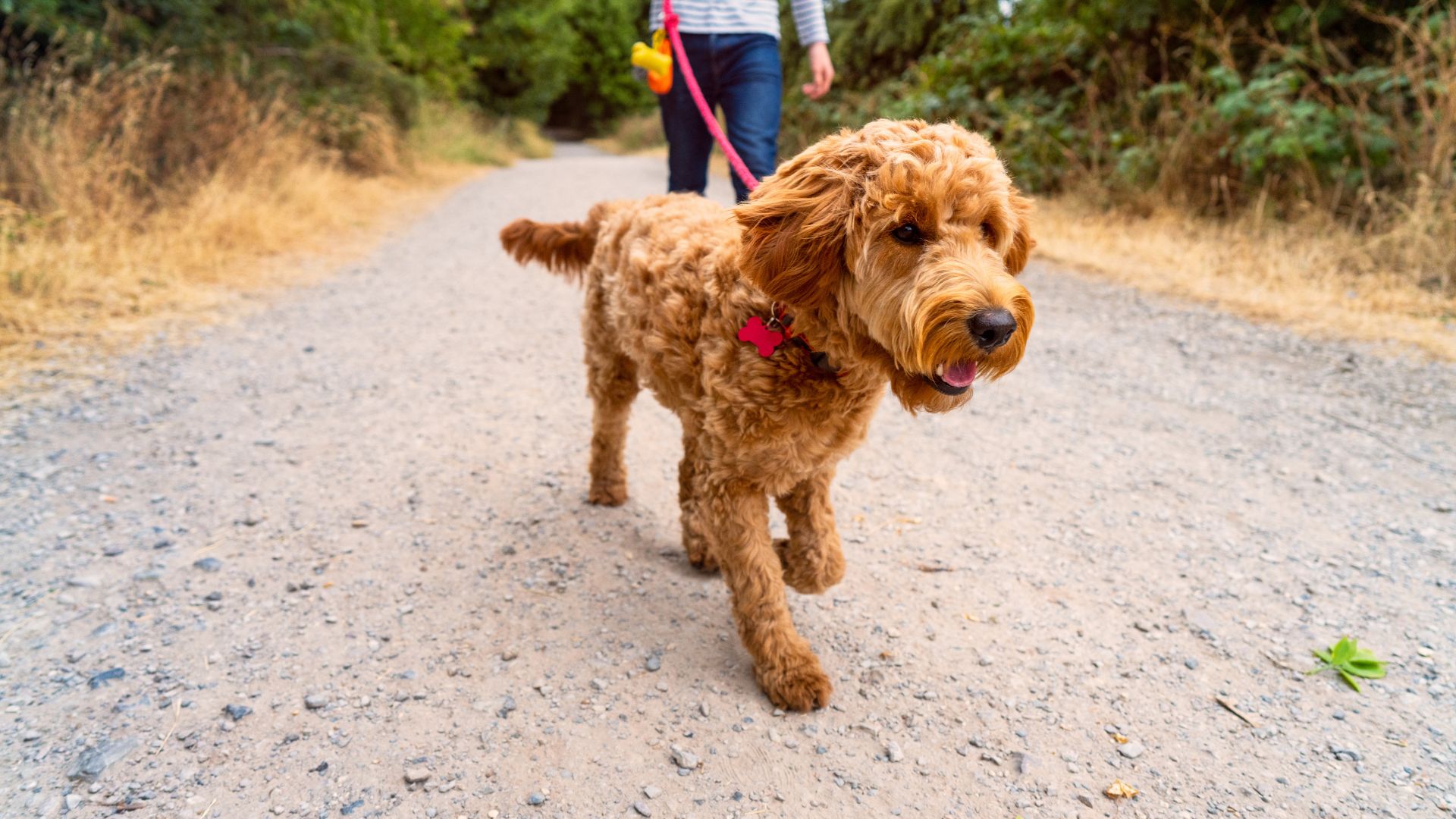
Remember how we mentioned animals like routine? Well, going on a walk at the same time of the day and on the same route will help them stick to business as usual. To help them feel comfortable in your company, take them on their usual route so they can sniff paths they've sniffed before and know where they are going.
20. Do understand their allergies
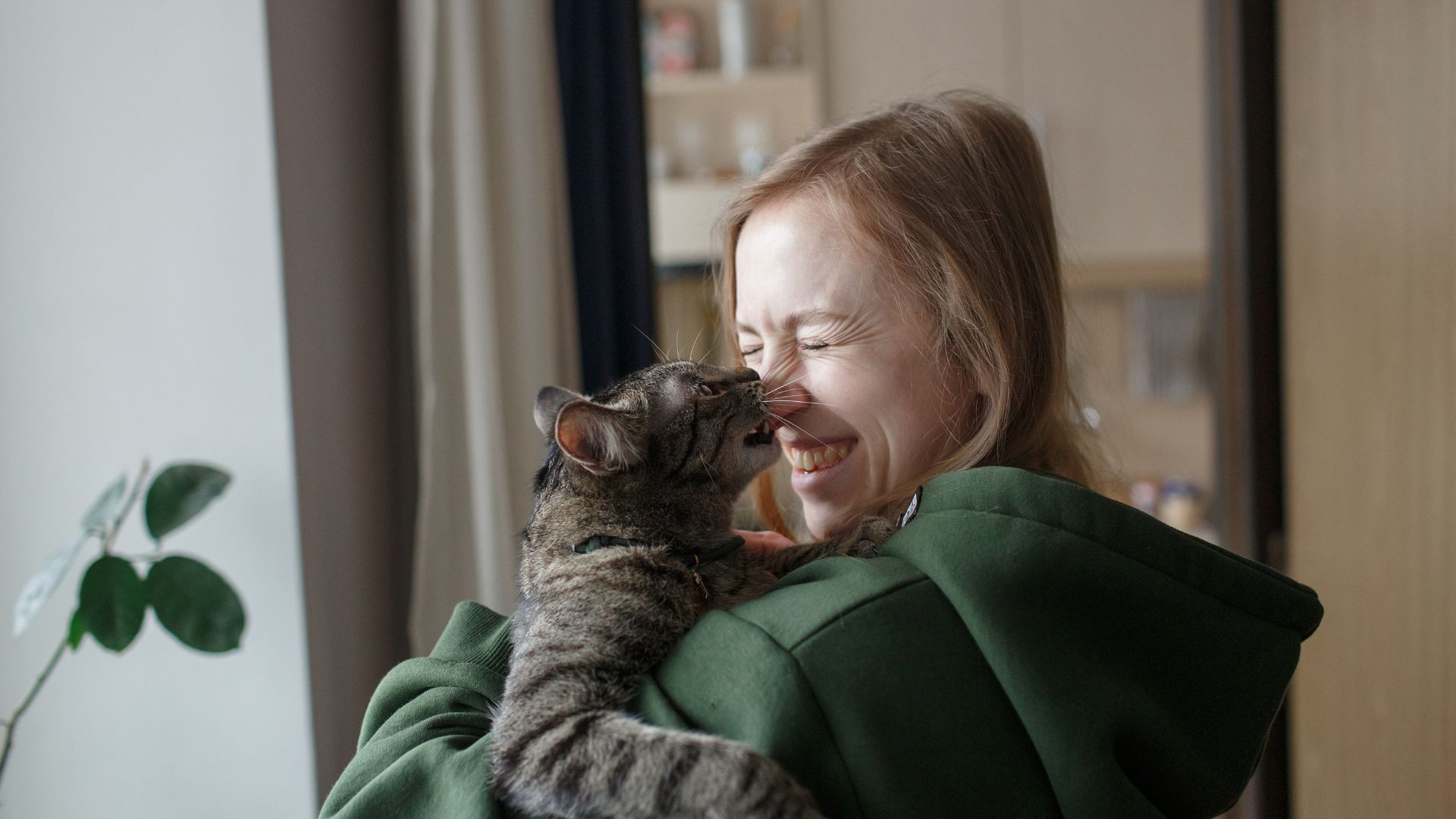
Whether it’s environmental allergens, cleaning products, or food, it’s worth asking the owner what the dog, cat, bunny, or lizard is allergic to. That way, you’ll ensure nothing you do triggers them during their time under your care.
21. Do understand the signs of allergies
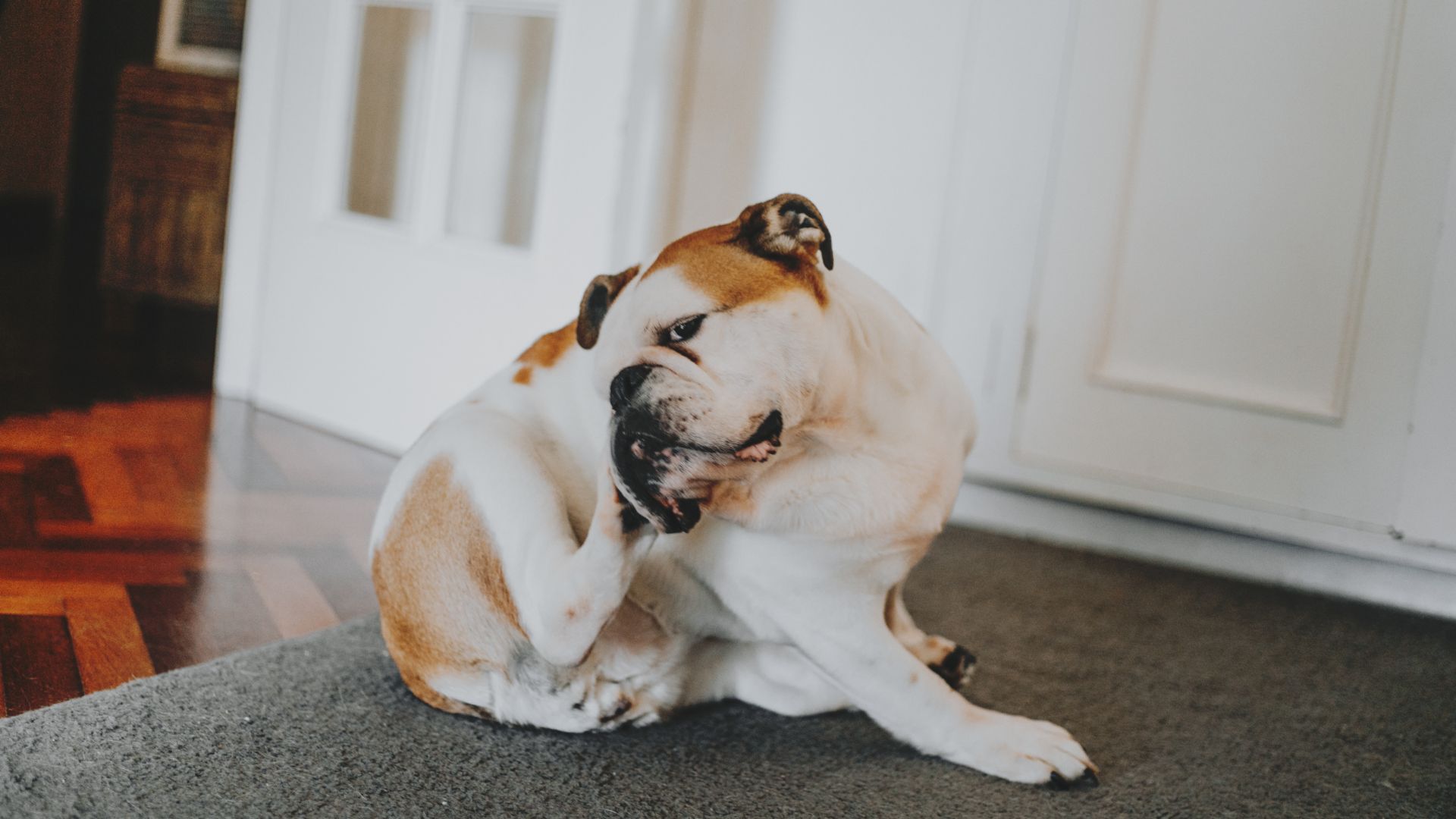
When it comes to allergies, the symptoms exhibited can vary from one pet to another. For example, common allergies in cats can cause itching and changes in skin. While allergies in dogs can cause respiratory problems, eye issues, and digestive problems. Either way, it’s worth knowing the basic signs of dog allergies and the same goes for cats. So if something is wrong, you can act fast.
22. Do get the vet’s number
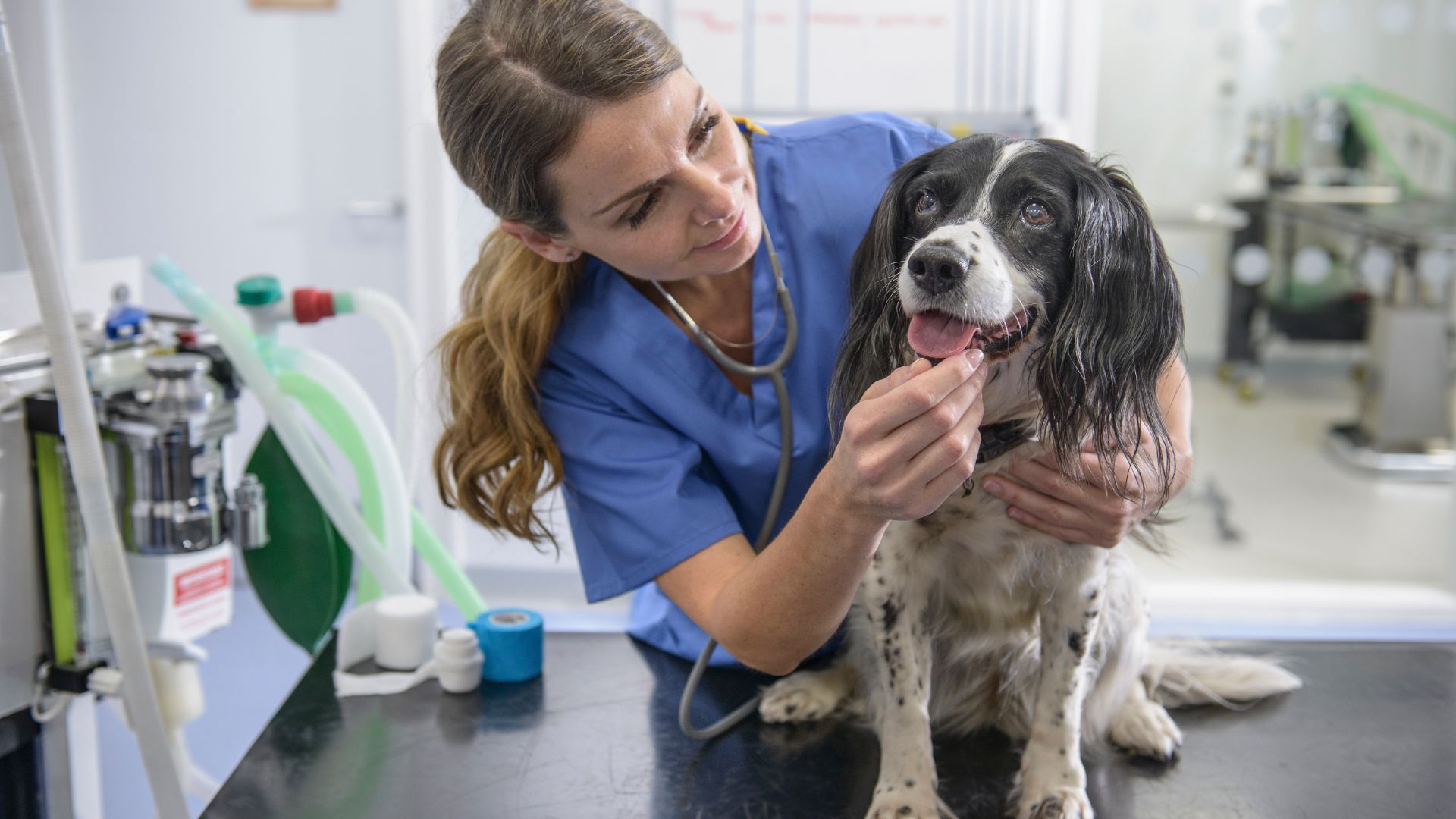
This won’t be a call you’ll want to make. But having their vet's number in your back pocket will give you (and the owners) peace of mind. So if something is wrong with the pet while the owner is away, you can place them in safe hands at the vet.
23. Don’t walk more than three dogs at once
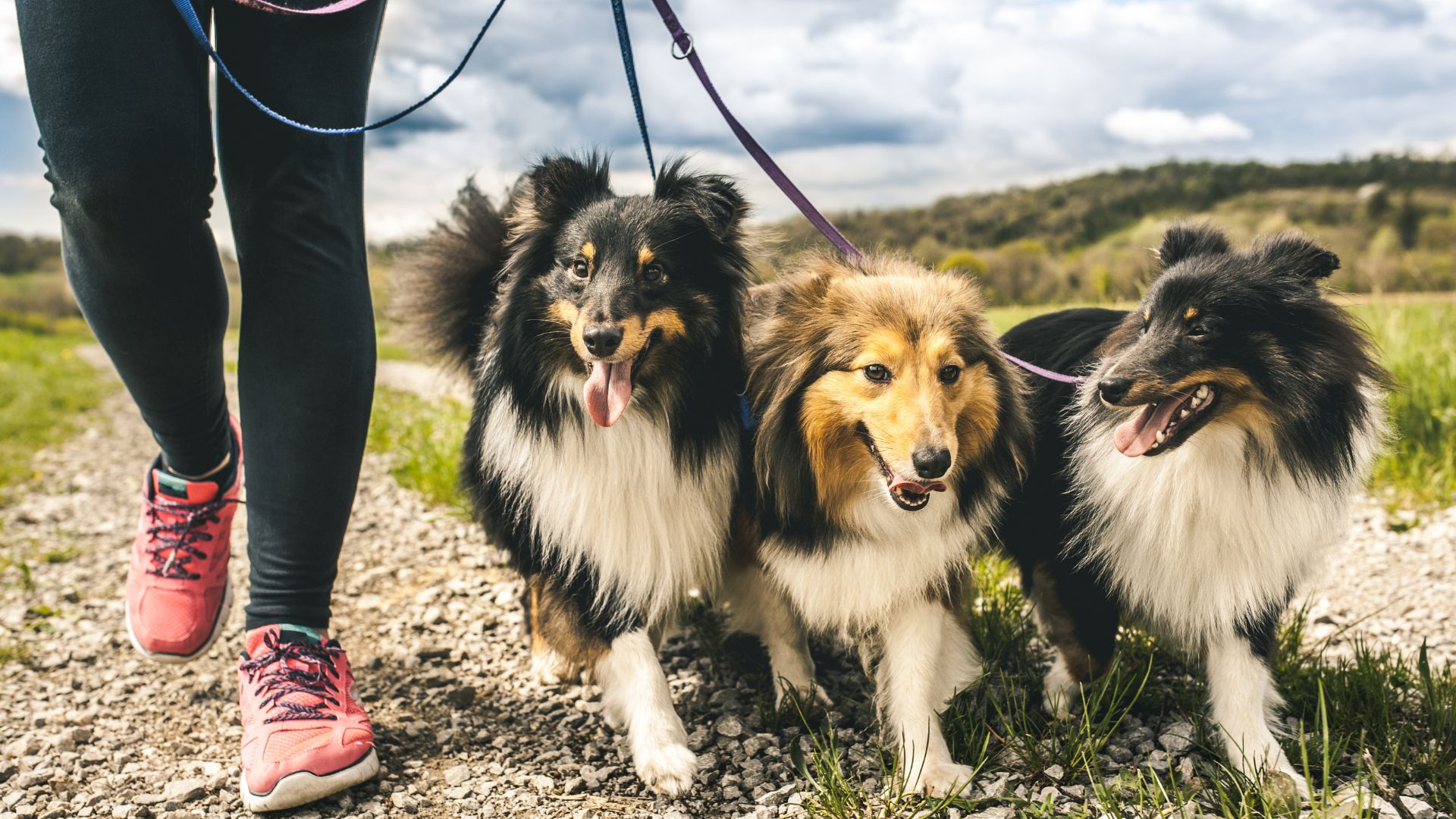
The number of dogs you can safely walk at the same time will vary from state to state, and whether or not you have a commercial dog walker permit. However, according to the RSPCA’s Professional Dog Walker’s guidelines, it’s recommended that no more than four dogs are walked at any one time.
24. Don’t make yourself at home
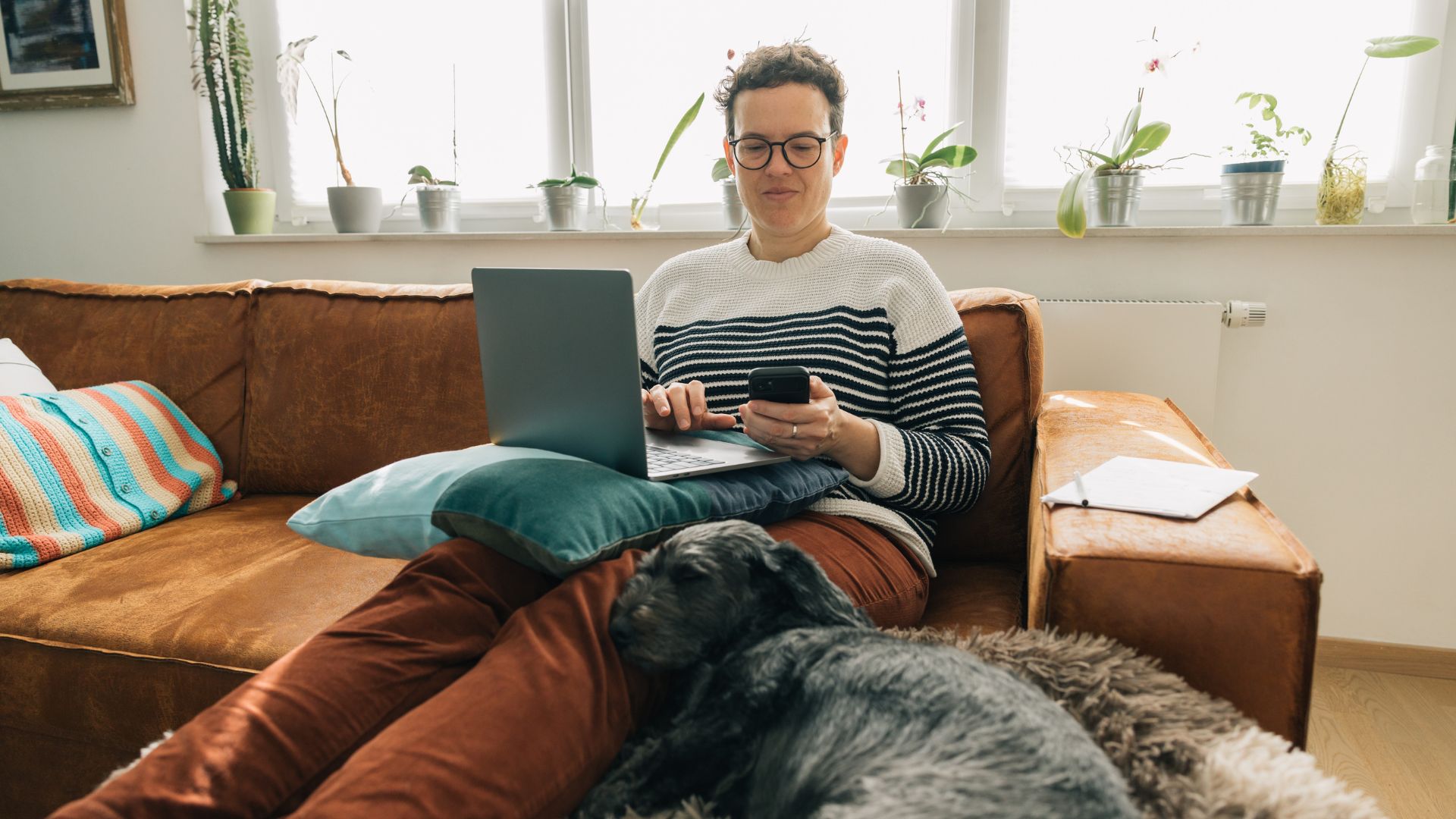
Just because you’re in charge of a fur friend, it doesn’t mean you’re running the house! So, avoid tucking into the owner's food or drinks, don’t outstay your welcome, and never go rifling through cupboards or drawers.
25. Don’t offer additional treats
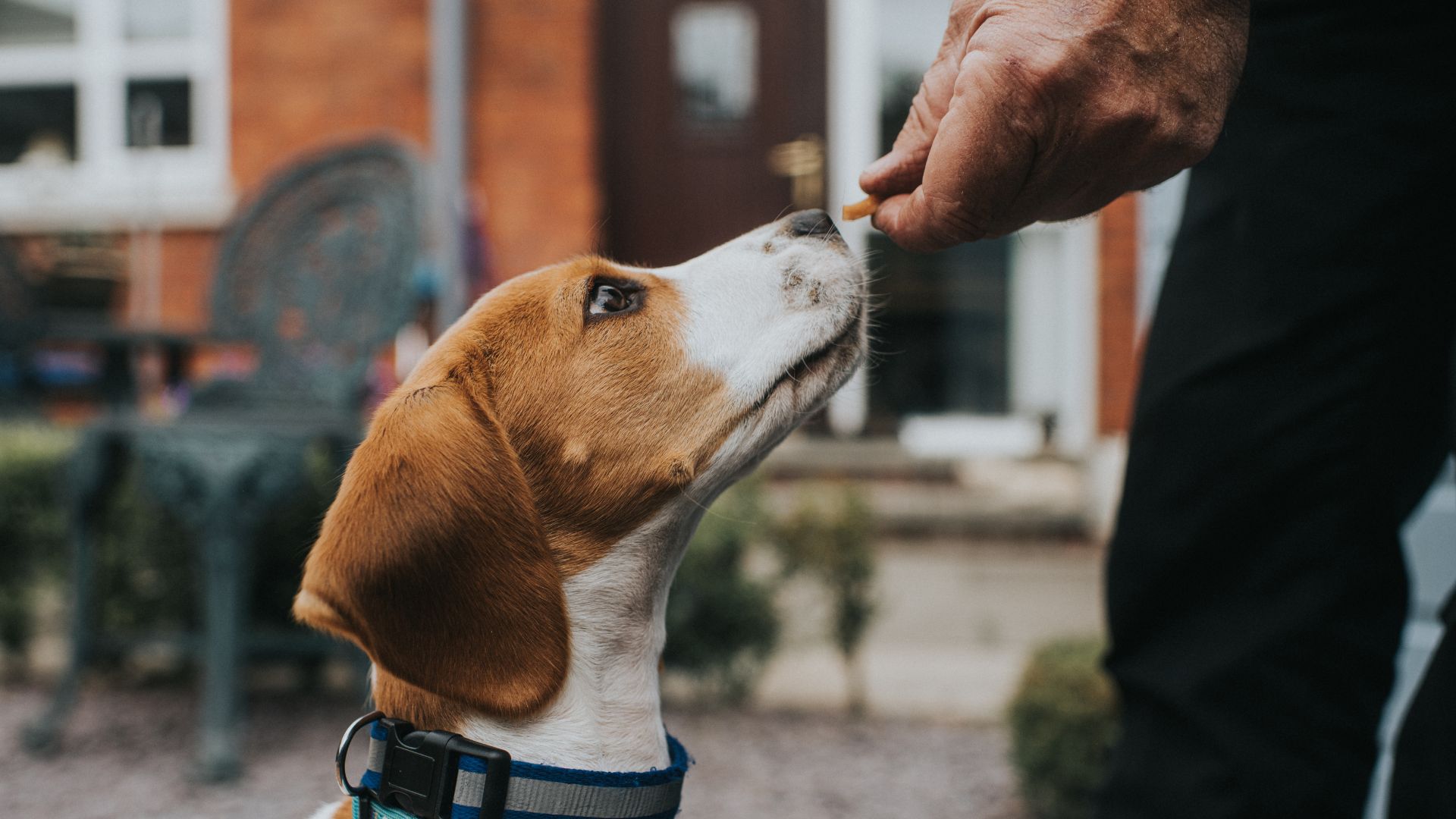
With their loveable eyes and cute noses, it can be tempting to hand over more treats than usual to your new best friend. But remember: only use the treats the owner has given the green light for. This way, you can protect the pet (and yourself) from any potential outcomes that might occur from introducing new food into their diet.
26. Don’t deviate from instructions
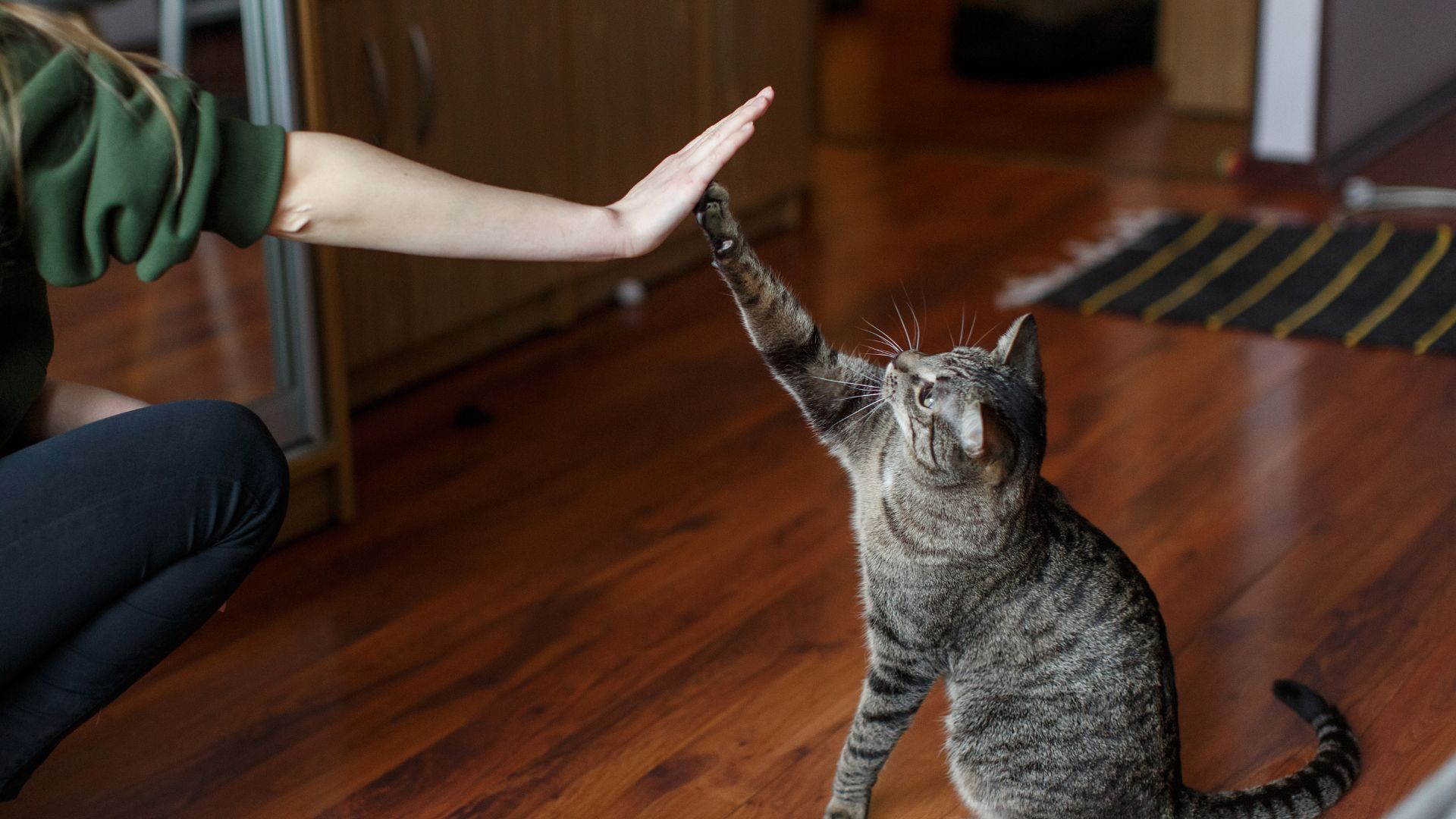
Despite what you might have heard, rules aren’t there to be broken. The owner will know their pet best. So listen to their advice, stick to the script and if you’re unsure on anything, check (and double-check) with the owner.
27. Don’t invite guests
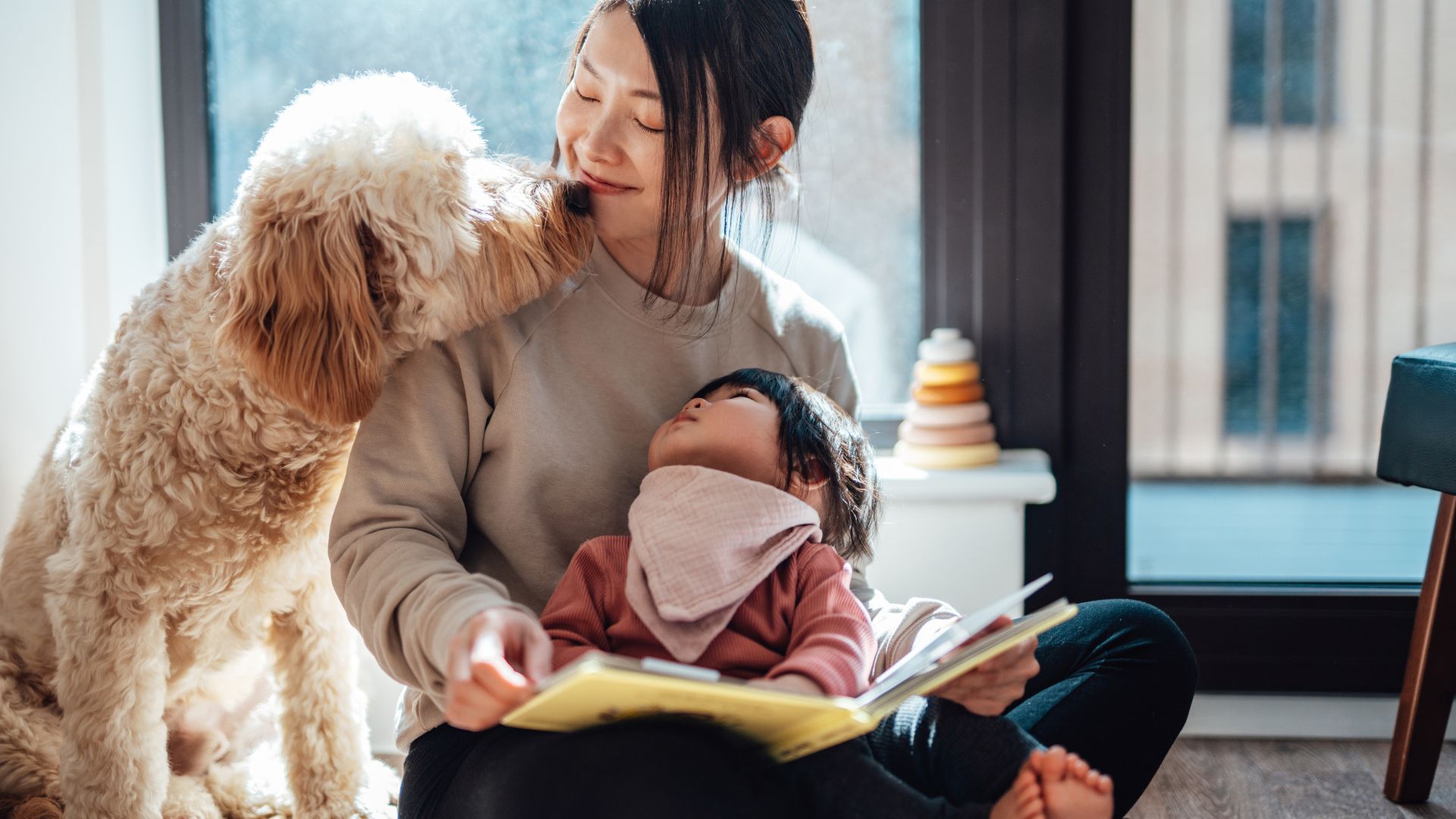
Along with not making yourself at home, it’s best not to invite any guests into the owner's home. Whether they’re your own children, friends, or family members, this is the pet’s home — not yours!
28. Don’t leave mail-out
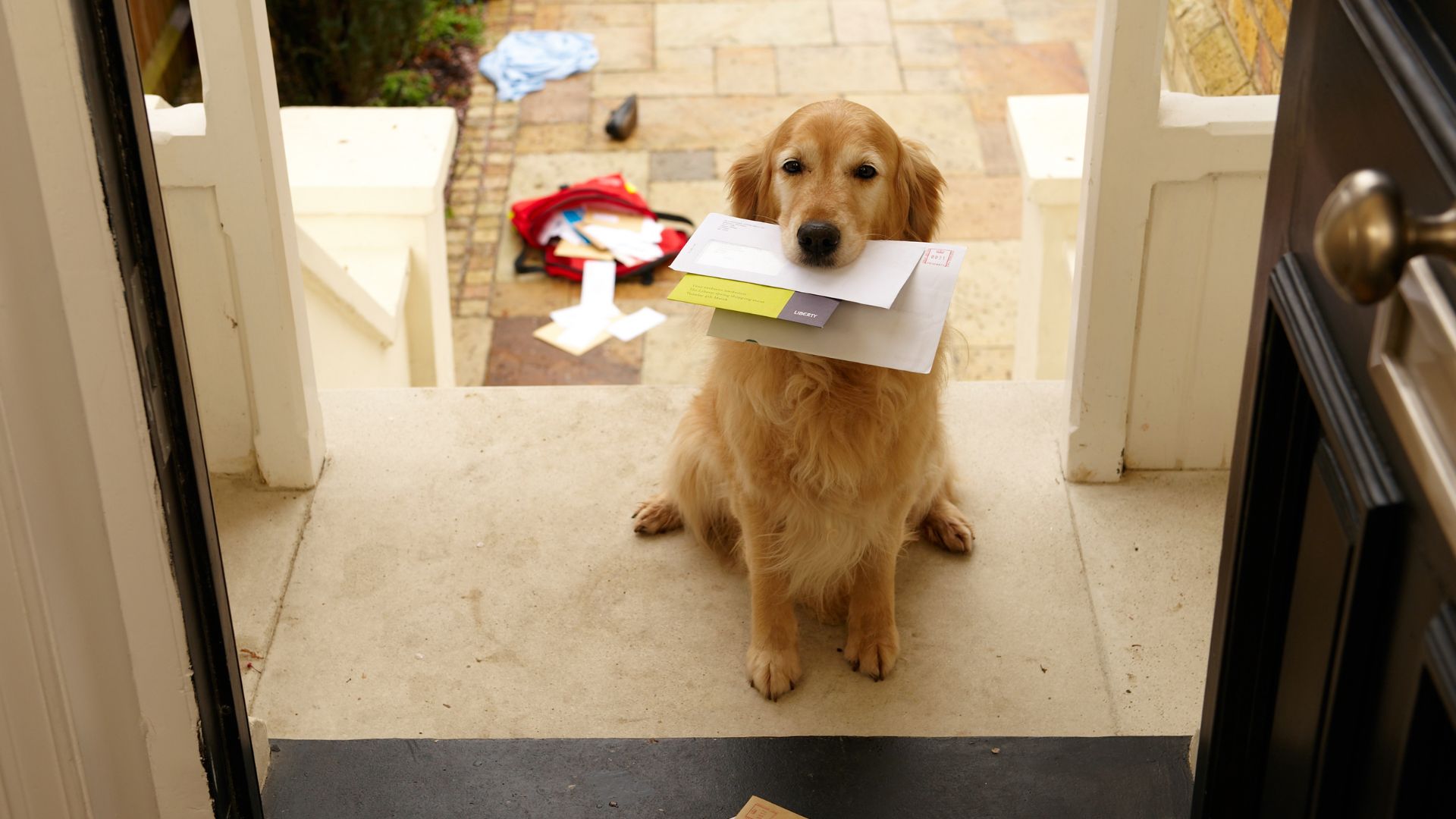
Along with being proof you’ve actually visited the home, moving mail to a safe spot will help to keep it out of the mouths of four-legged friends. Taking mail in can also make the owner's home look lived in, and deter potential intruders.
29. Don’t take pets just anywhere
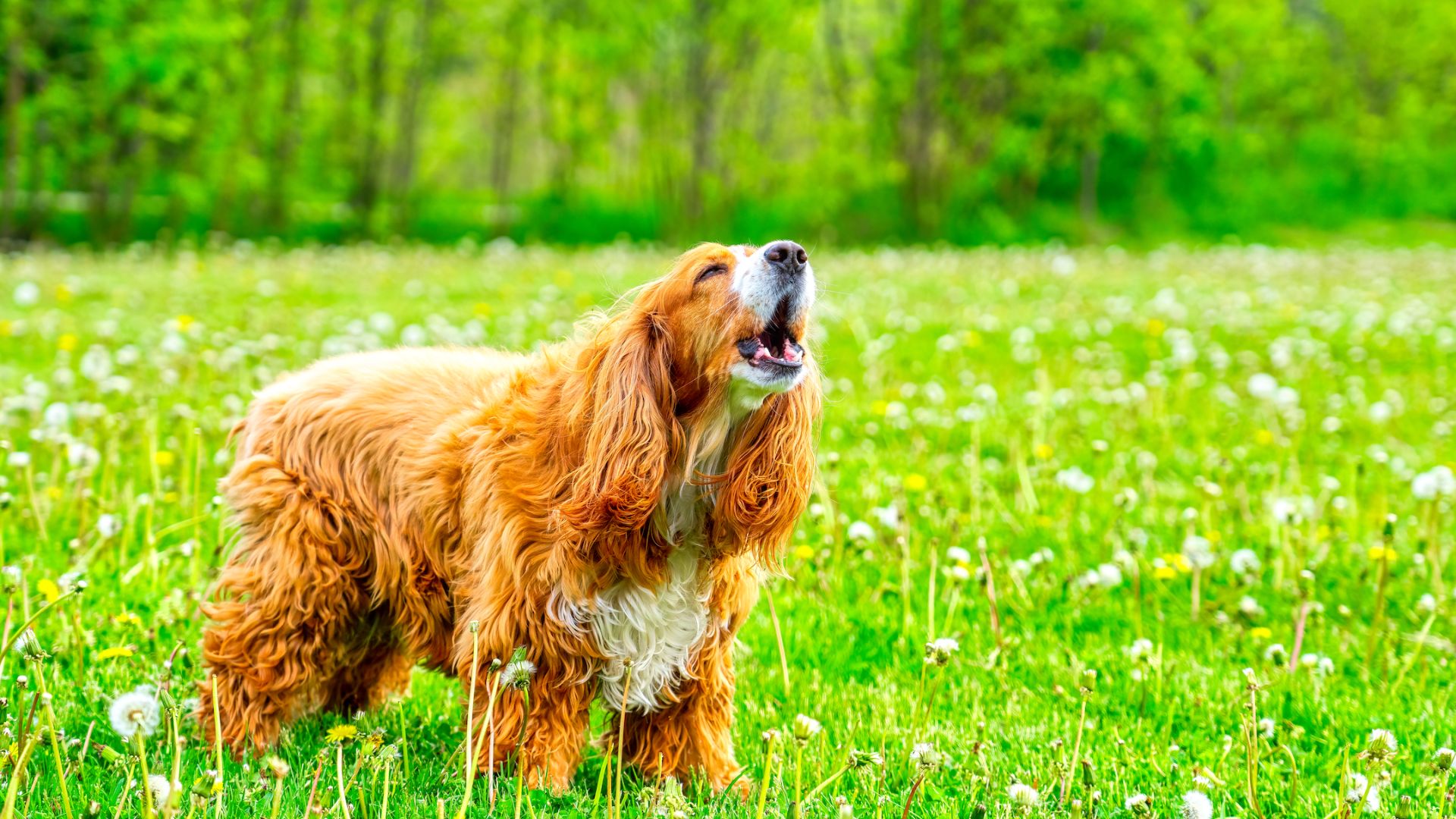
Remember: it’s all about creating a safe, stable, and secure environment. Pets may already be put out by the fact their owner isn’t there every day. So you don’t want to throw another curveball into the situation. Before pet sitting, ask the owner where they usually walk them or places they have been before.
30. Don’t bring additional pets
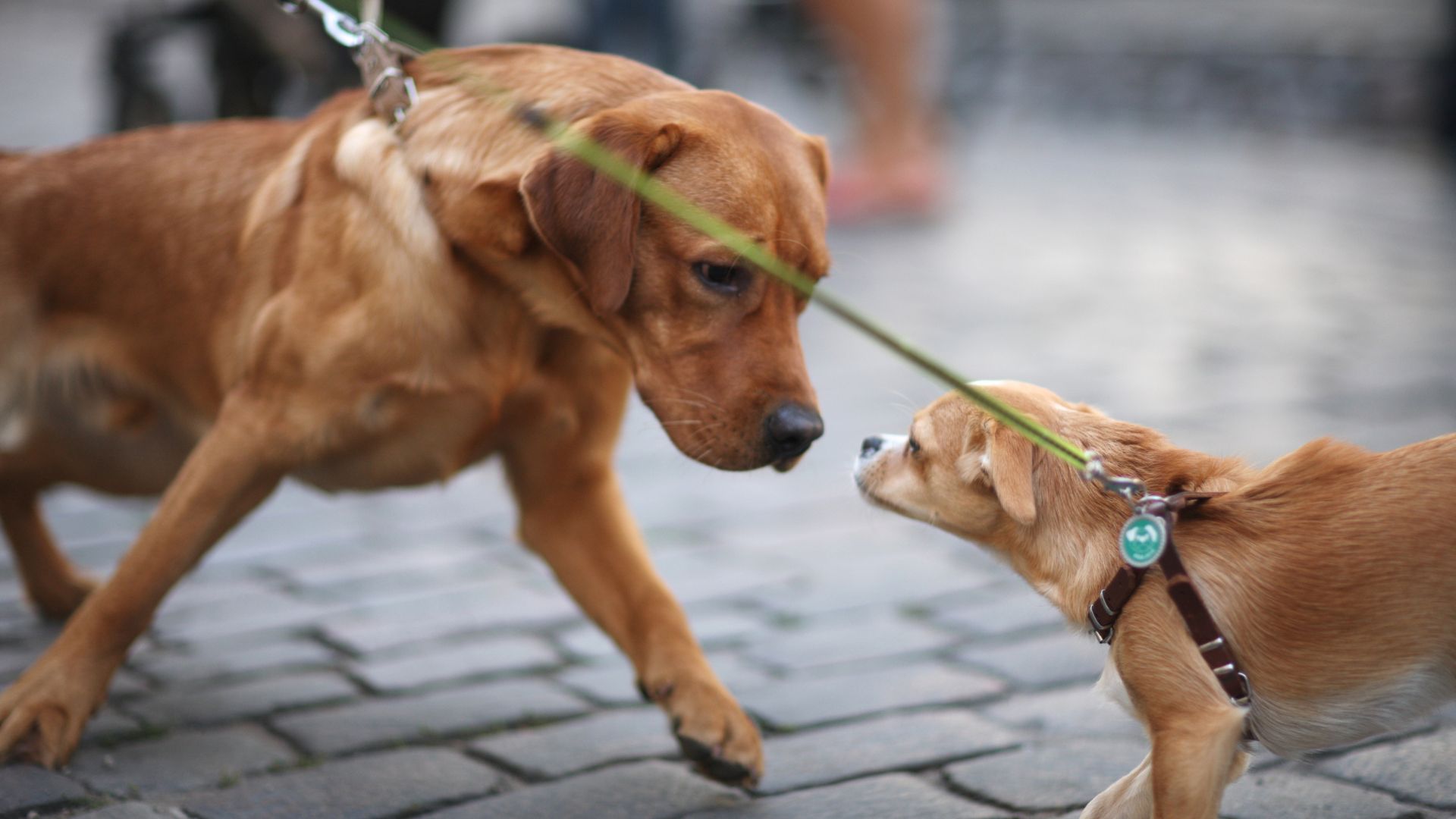
Doing so could potentially expose the pet you're supposed to be looking after to any infections and diseases. Plus, if you're distracted by looking after another dog or cat, you might not give your client's pet the best love and care. Problems like fighting may also arise.
31. Don’t leave out food sources
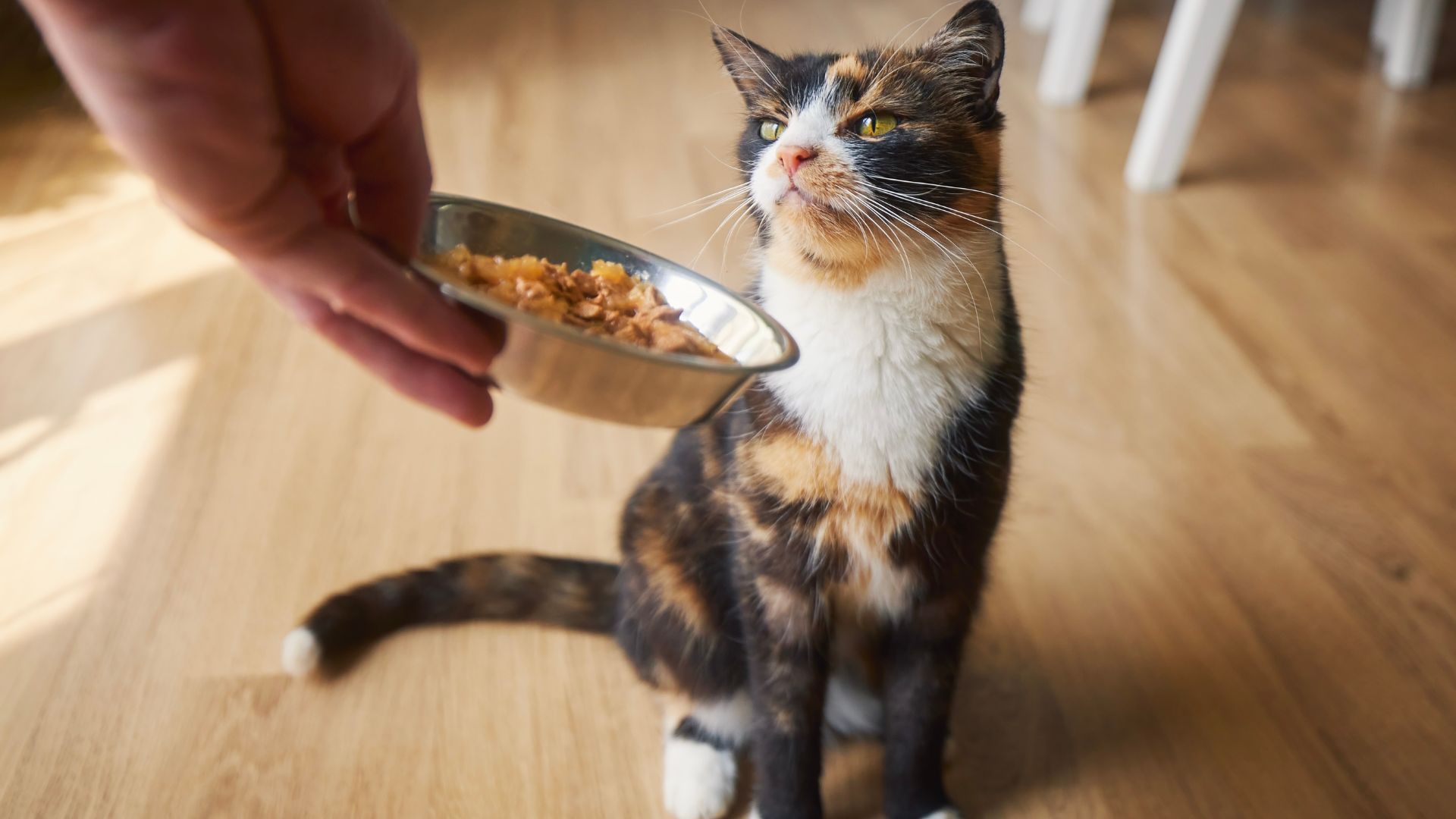
Food can attract unwanted critters. Be it flies, ants, or rodents. Plus, depending on the temperature, bacteria can start to grow. So, after feeding the pet you're caring for, wait until they have finished and then wash up their bowl, ready for the next time they need feeding.
32. Don’t be afraid to give the owner a call
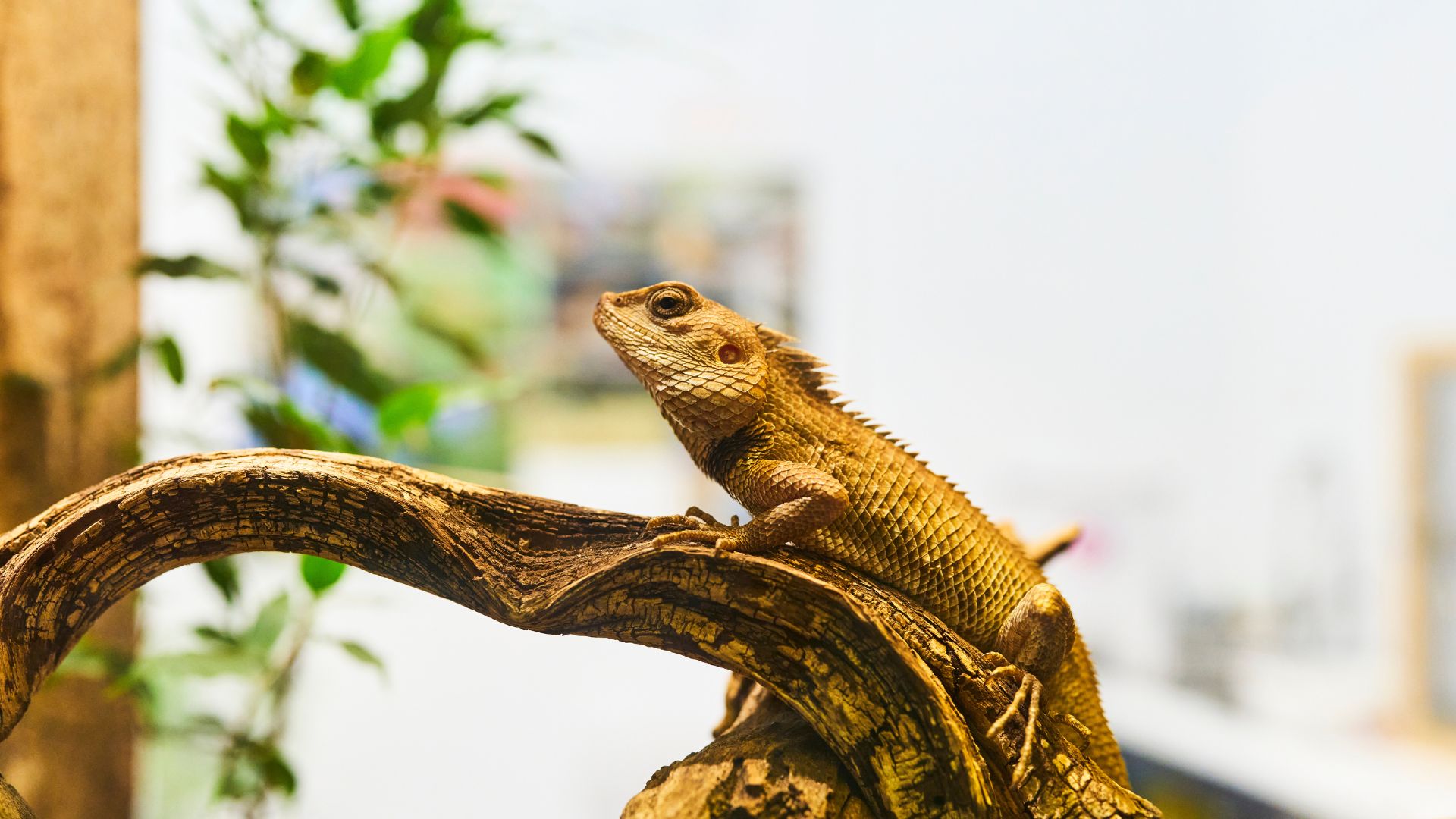
It can be scary making that call. But whether it’s new behaviors the animal is exhibiting or a feeling in your gut telling you something is wrong, don't be afraid to voice your concerns. The owner will know what’s normal and abnormal for their pet.
For more advice on looking after dogs and cats, discover our expert-backed guides. From treating collapsing trachea in dogs to figuring out what’s best for your cat: flea medicine vs flea collars? There is something for all.







